from 1 review
14 Days 13 Nights
Specific Tour
12 people
English
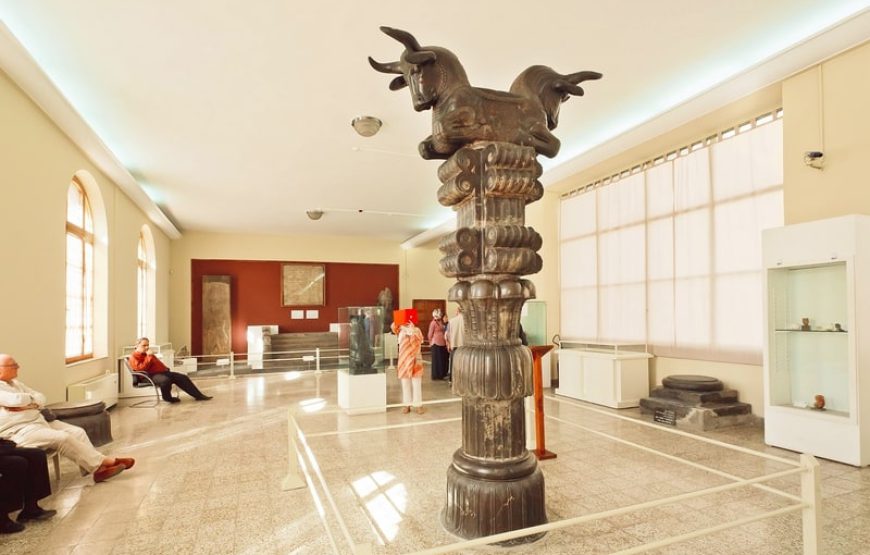
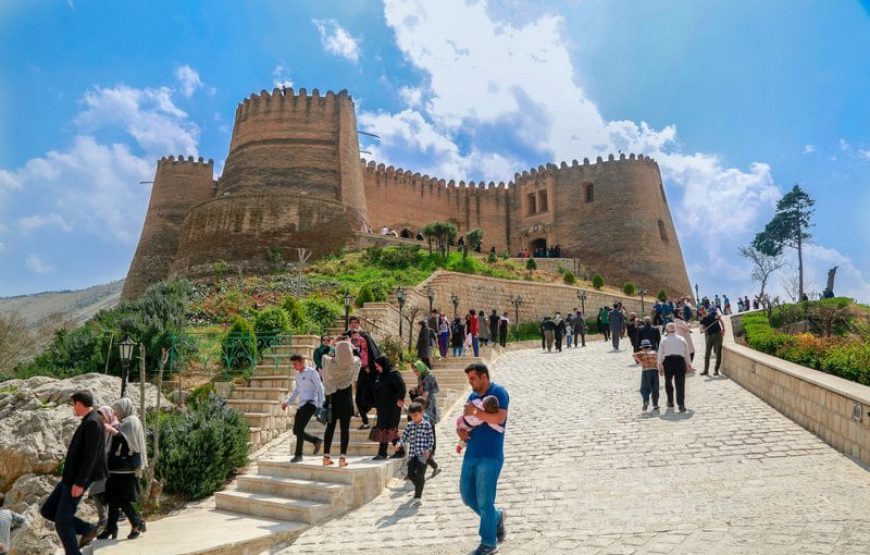
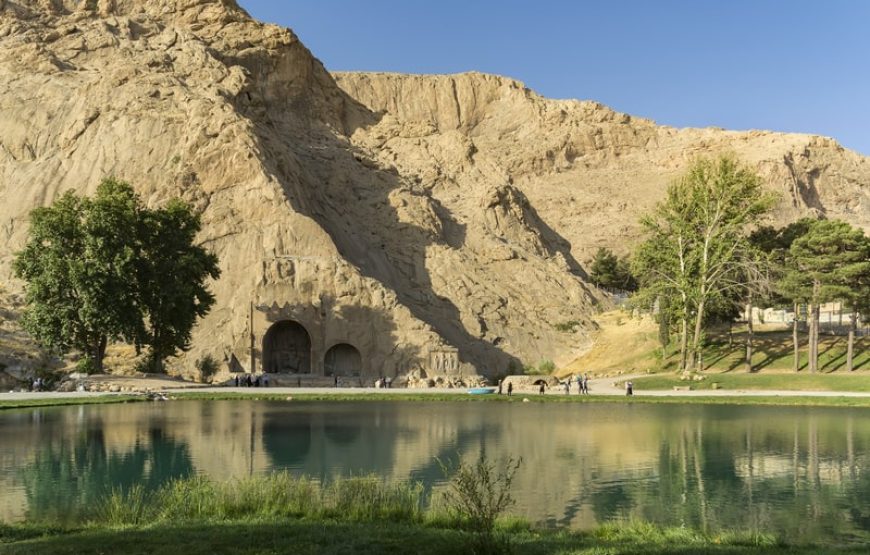
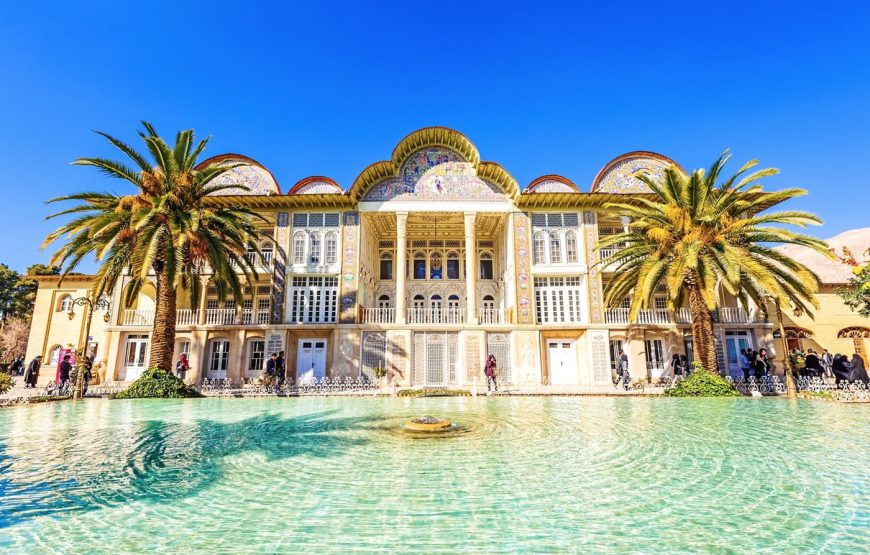
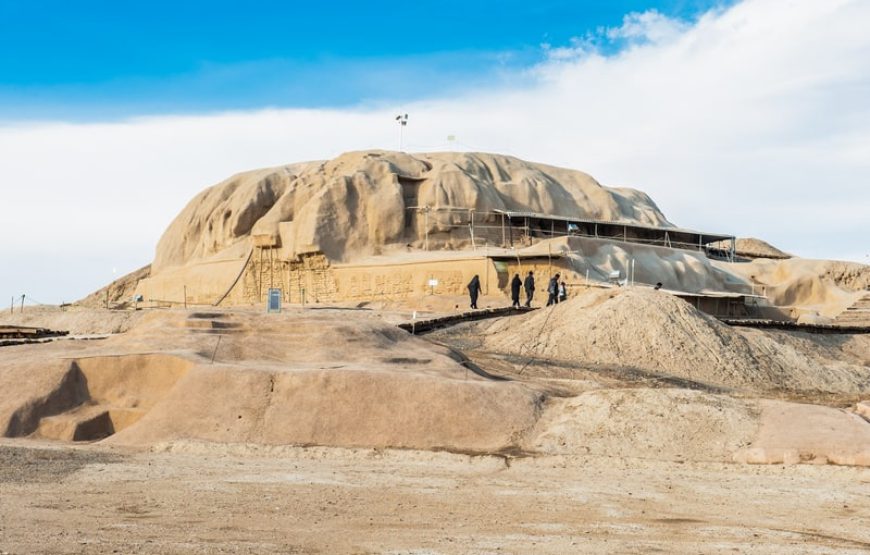
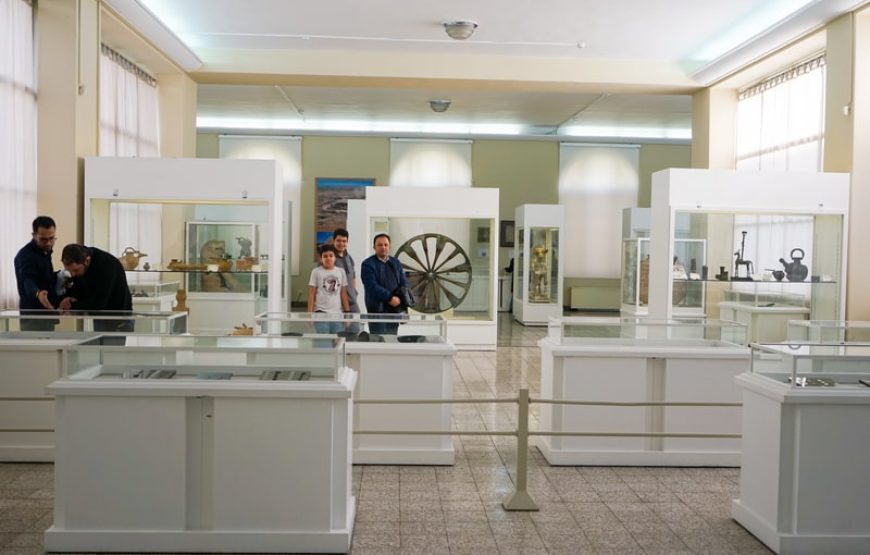
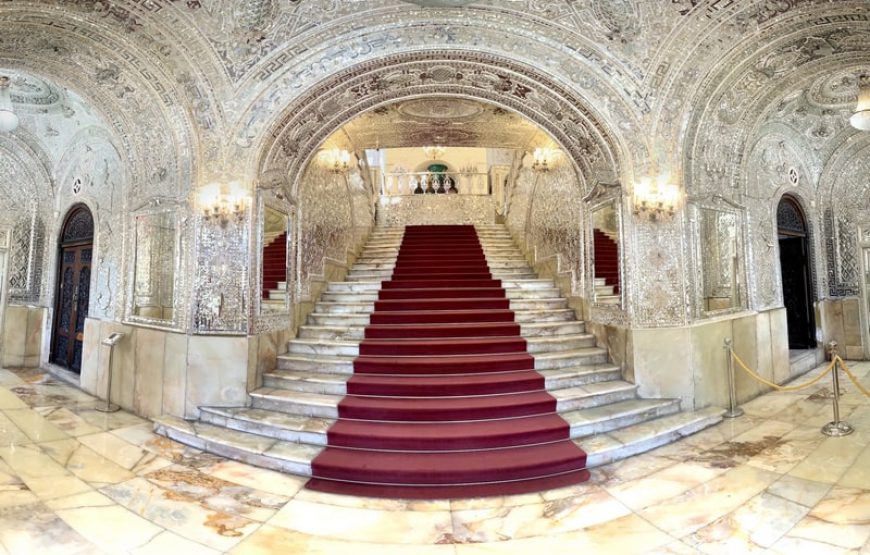
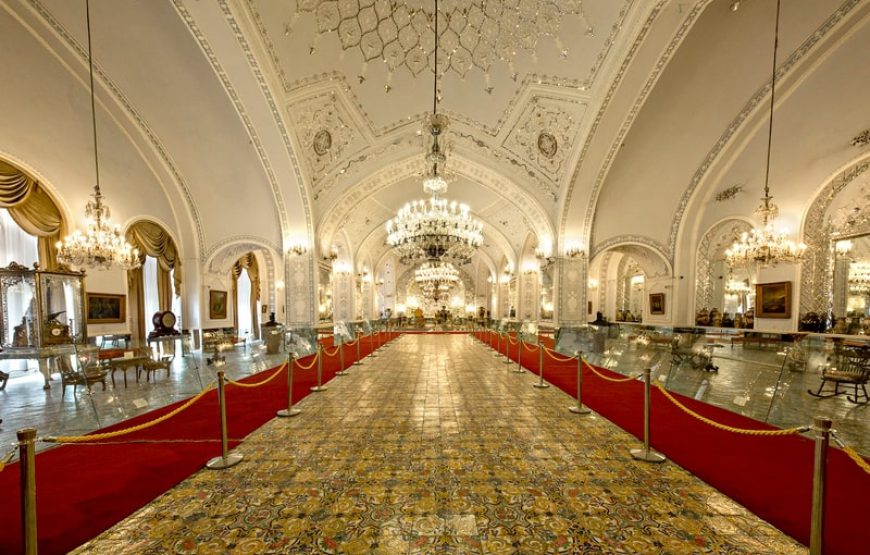
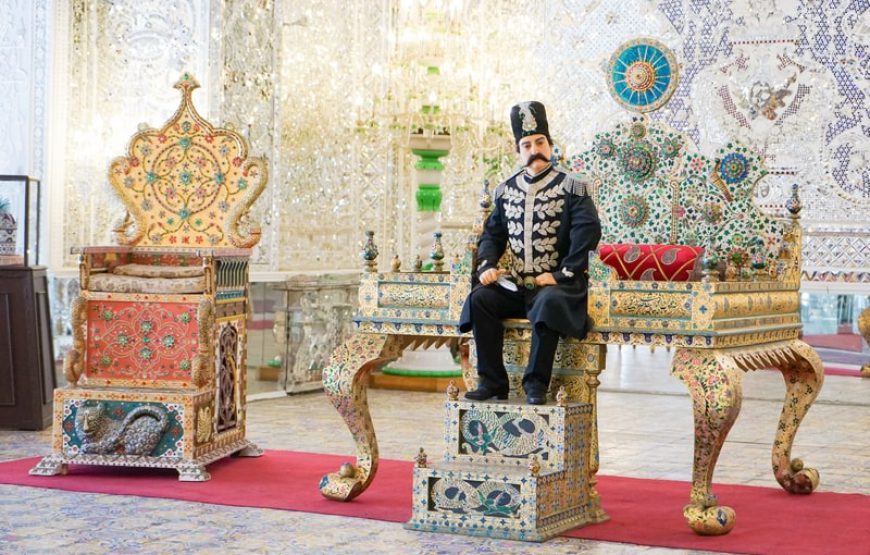
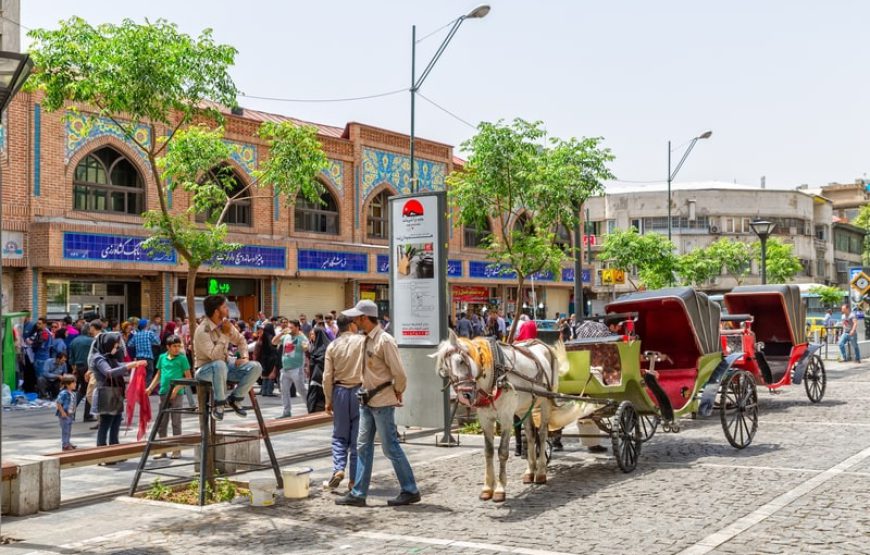

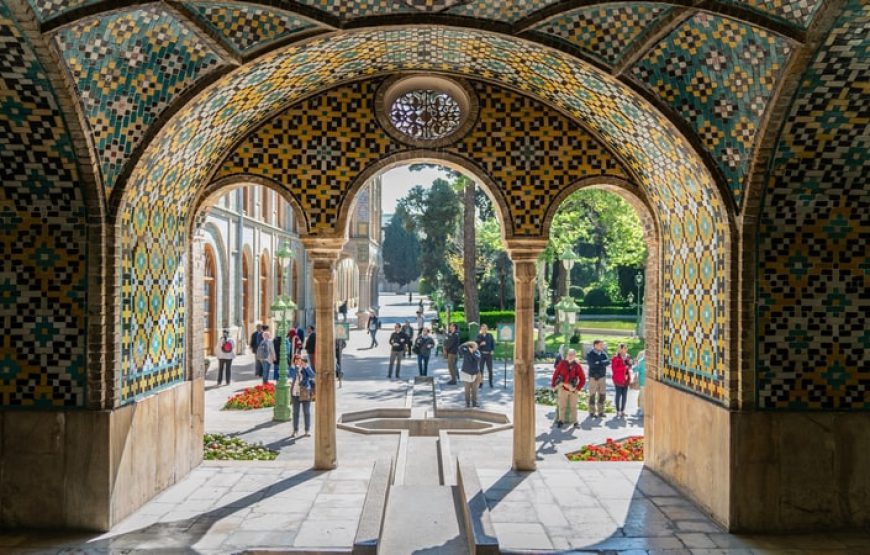
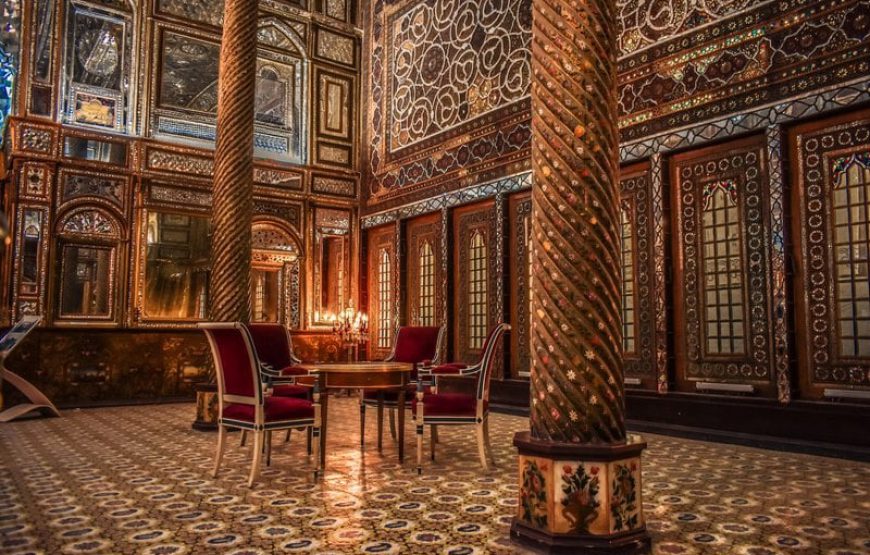
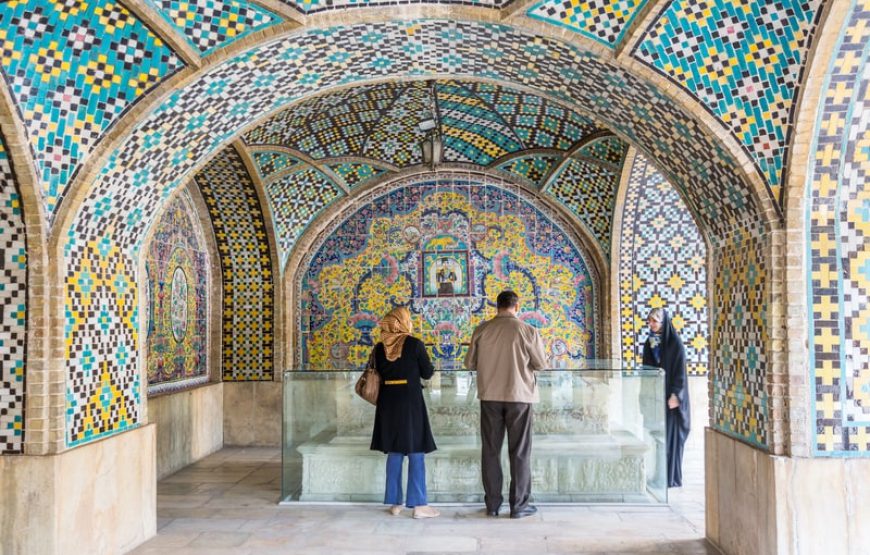
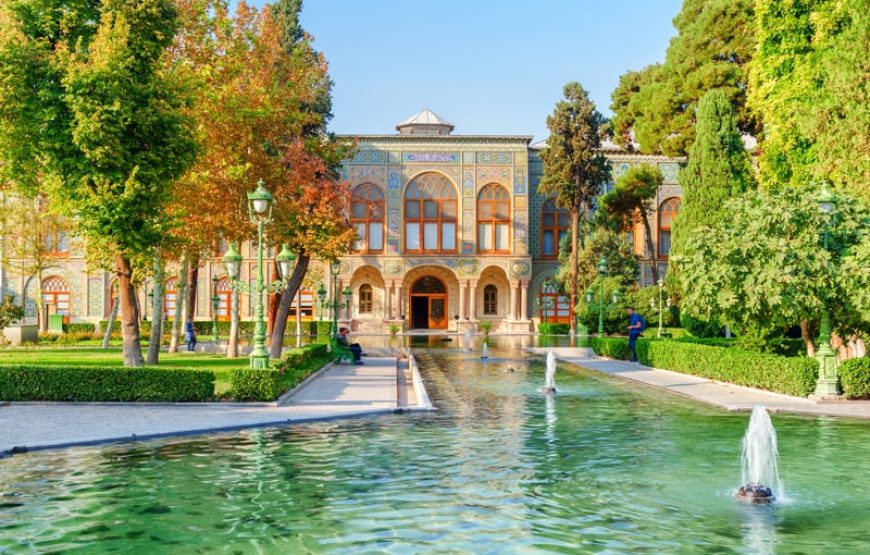
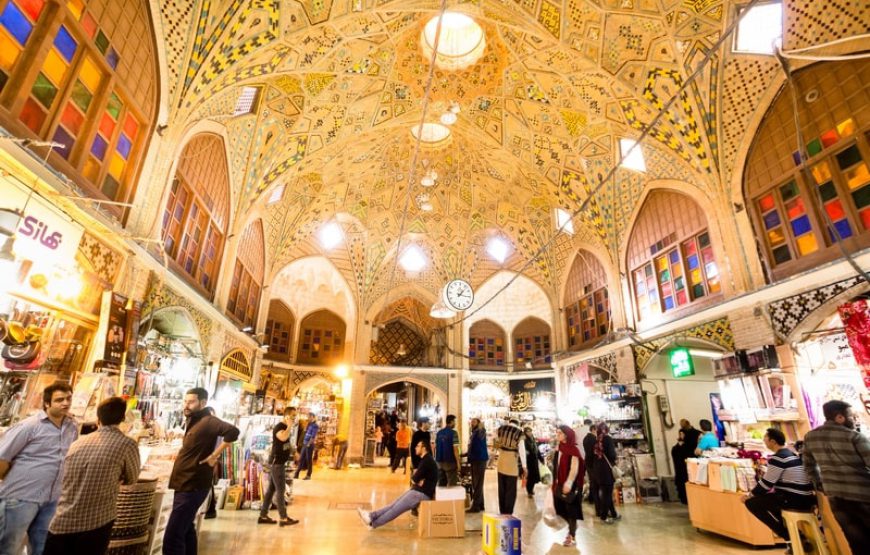
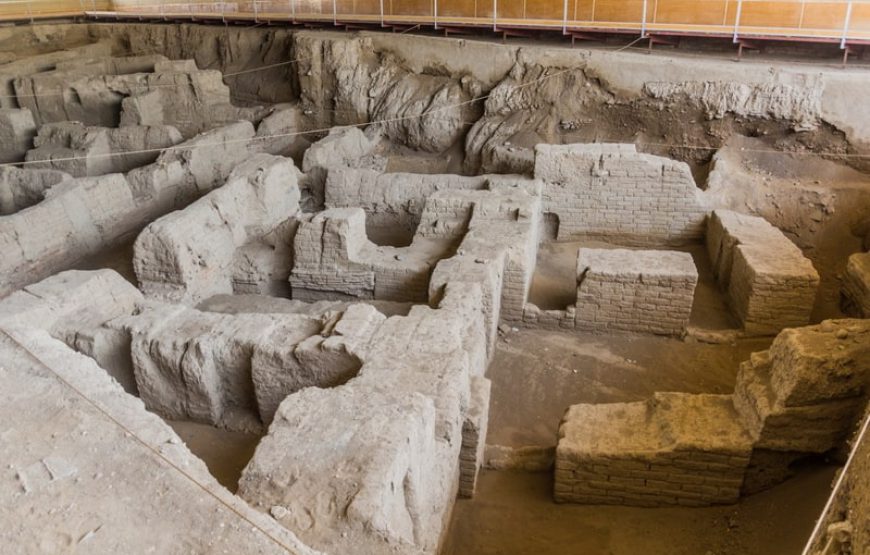
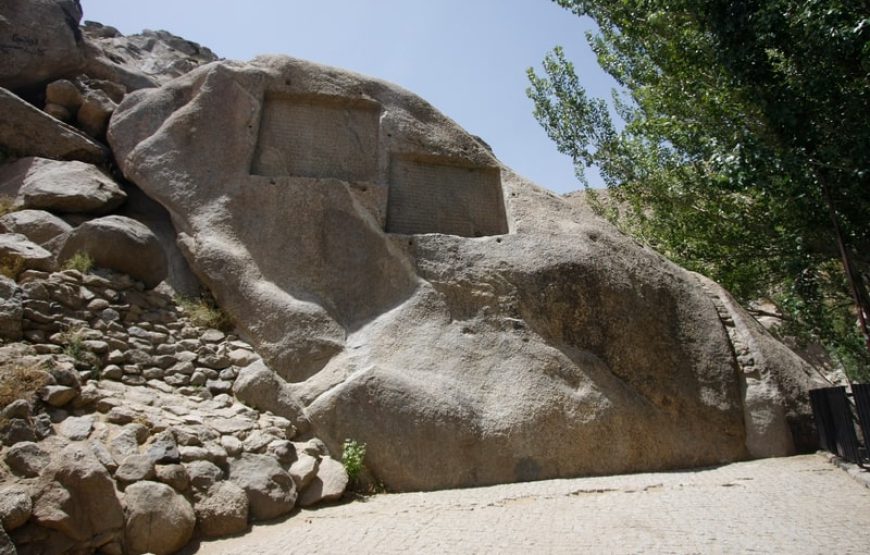
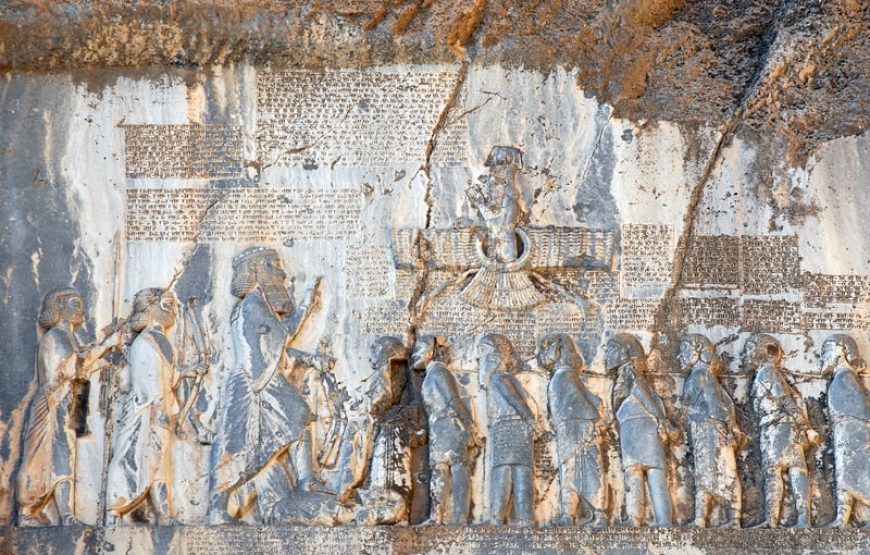
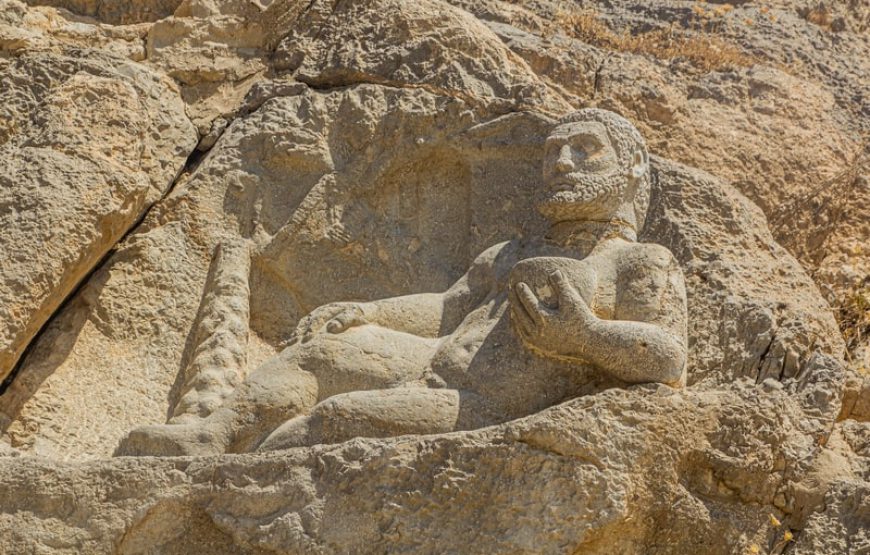
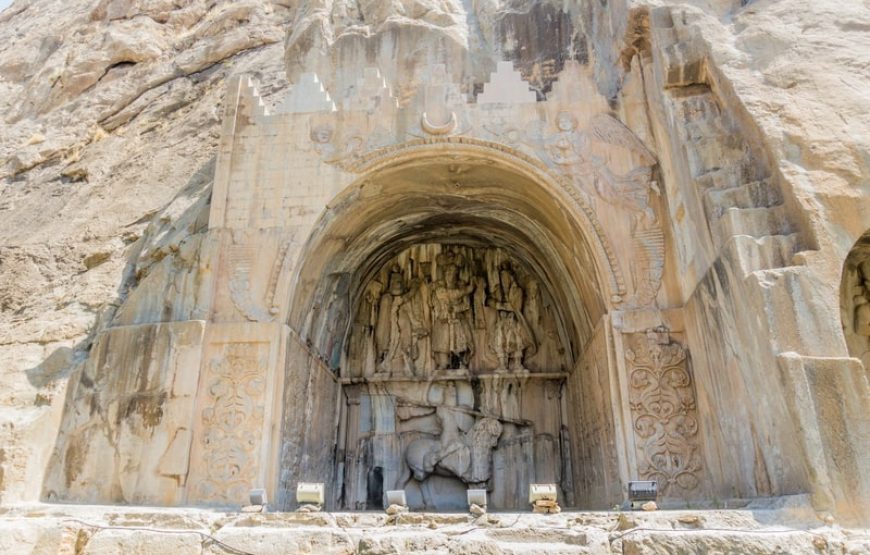
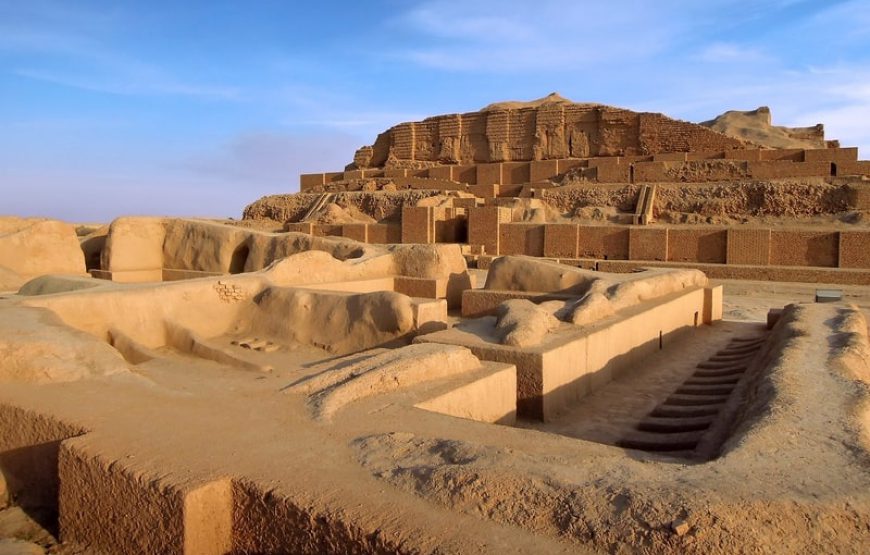
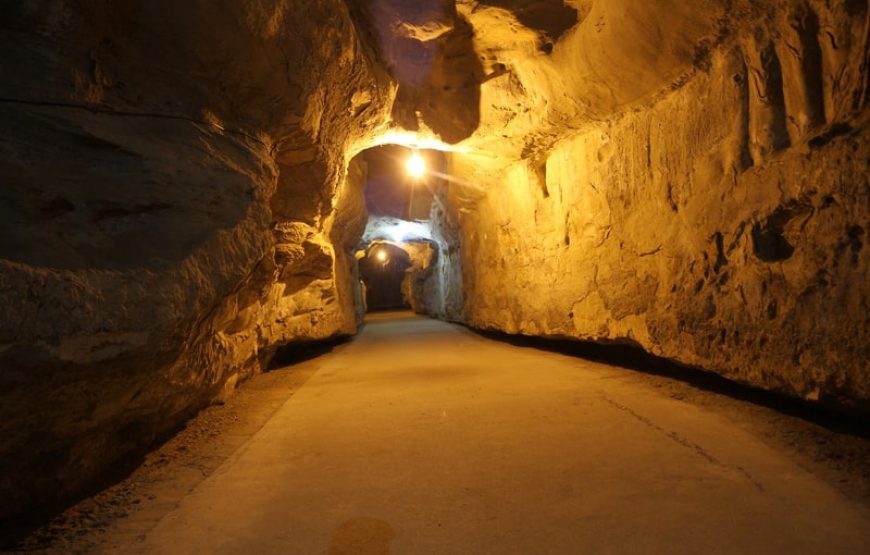
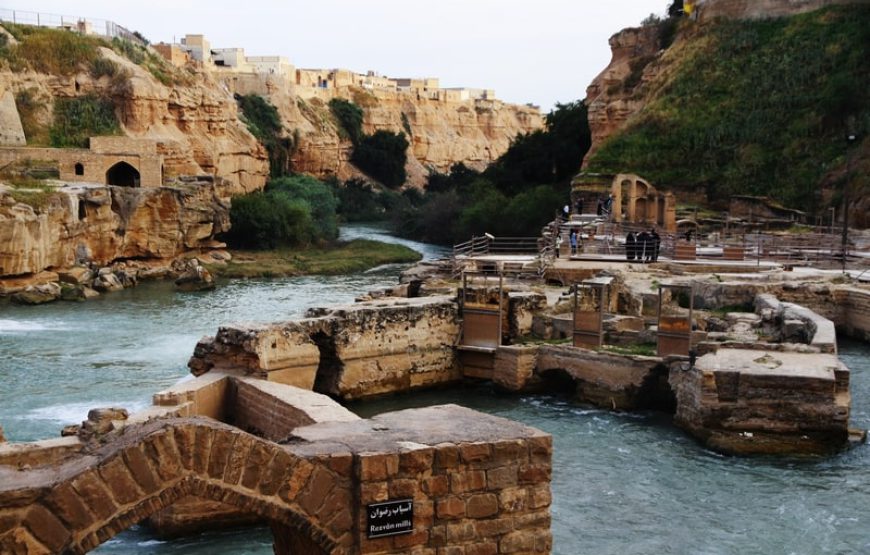
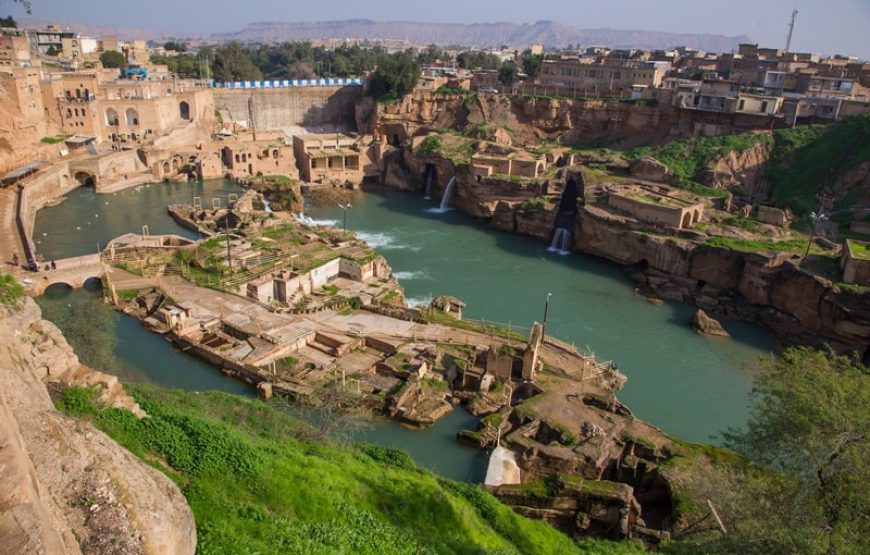
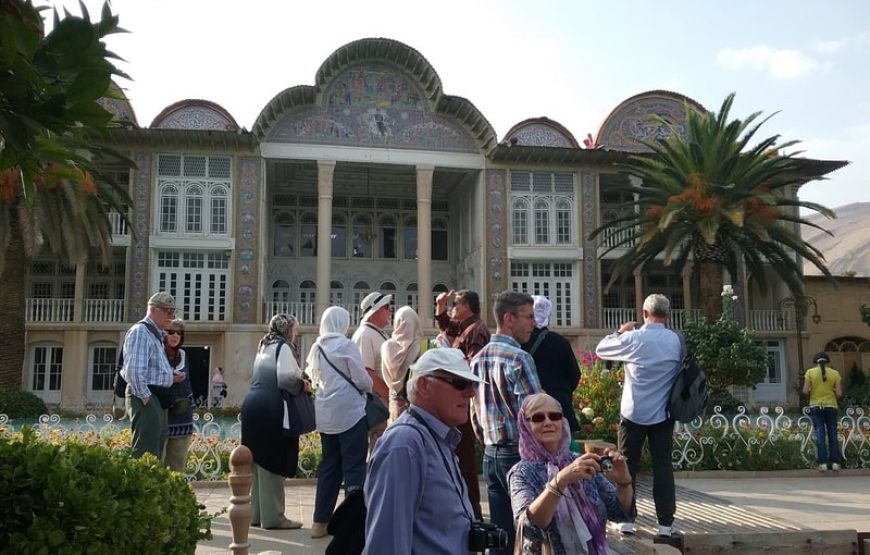
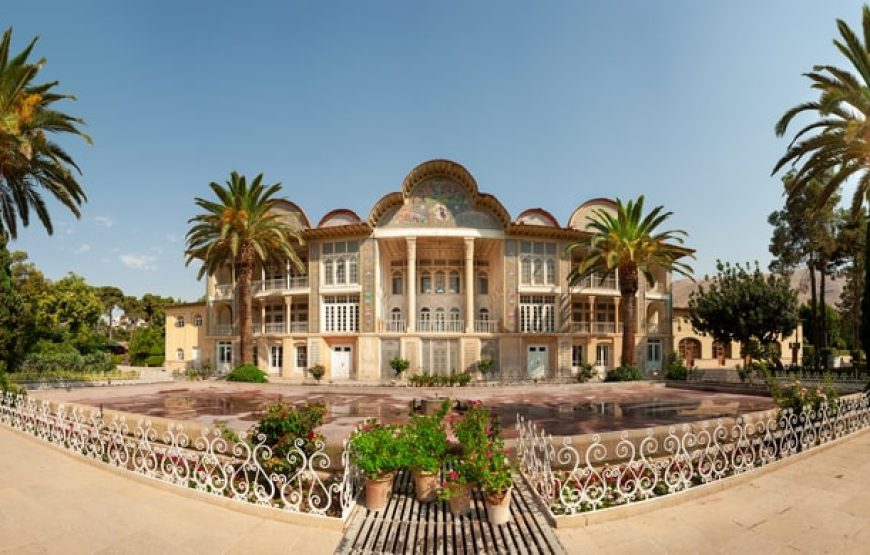
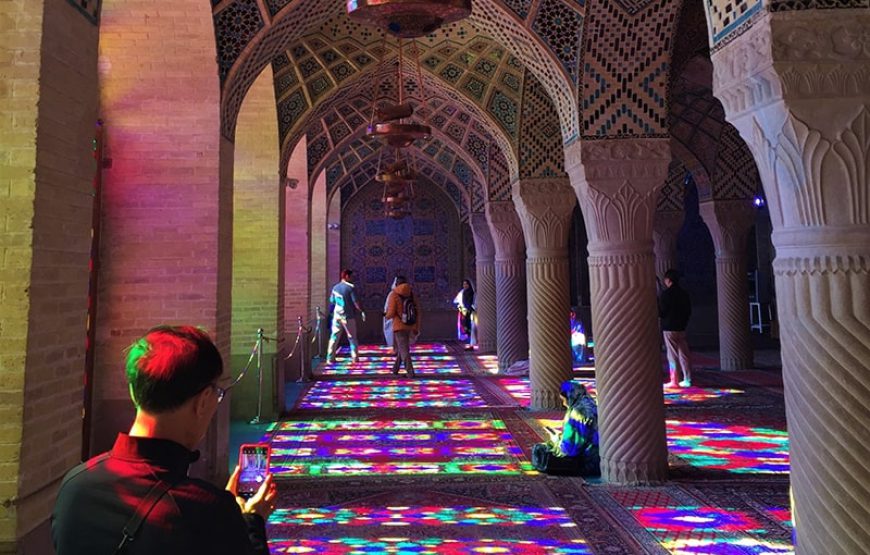
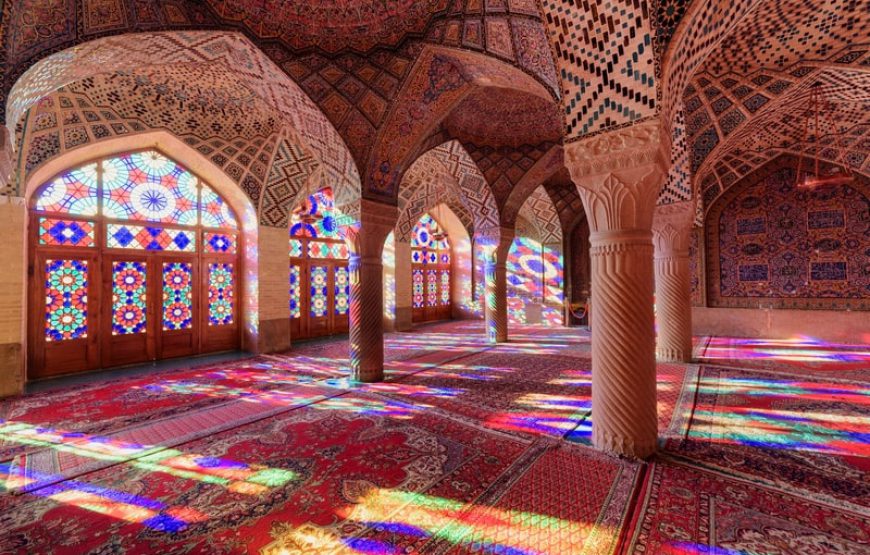
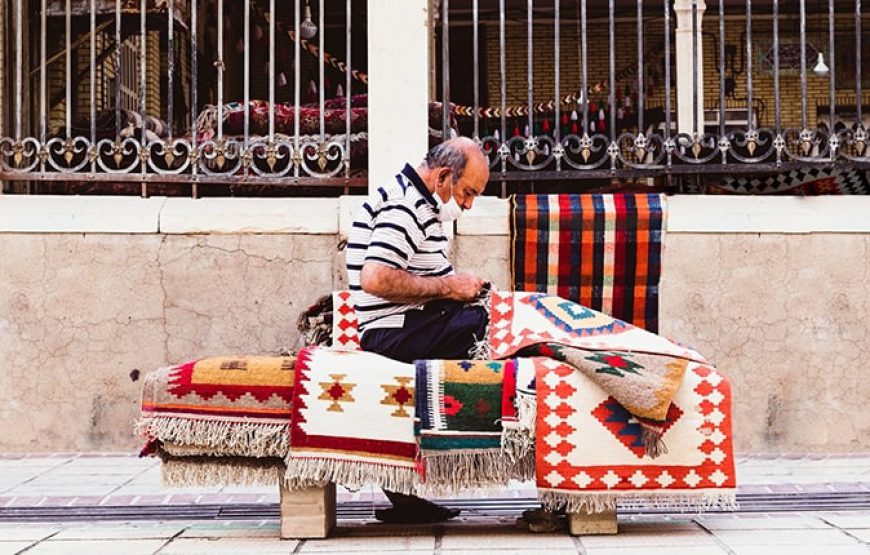
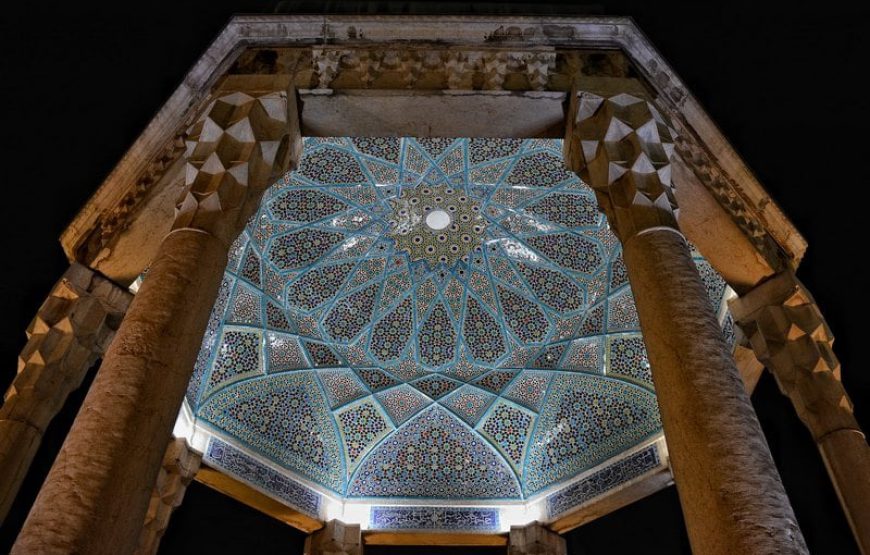
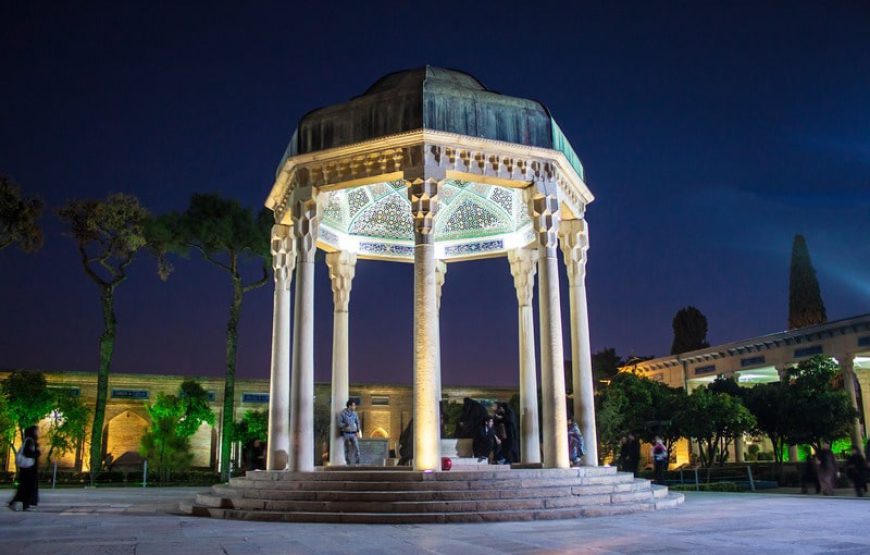
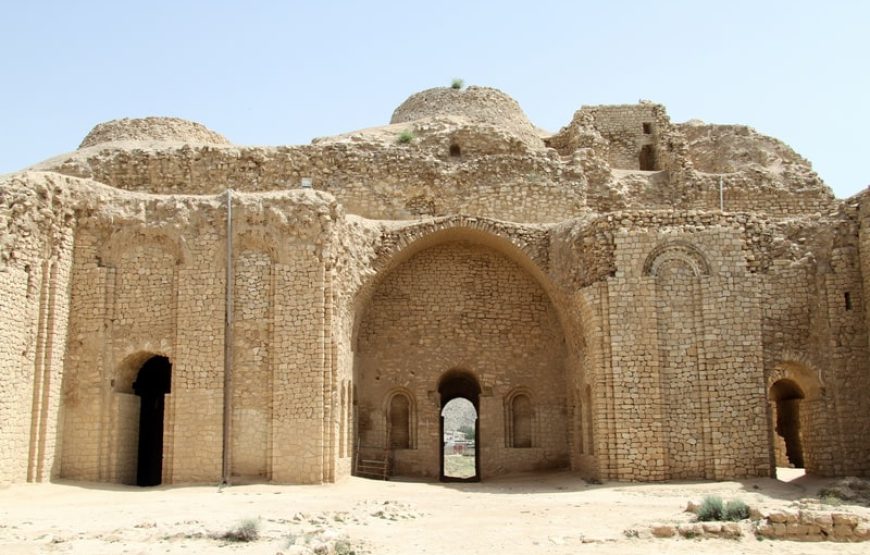
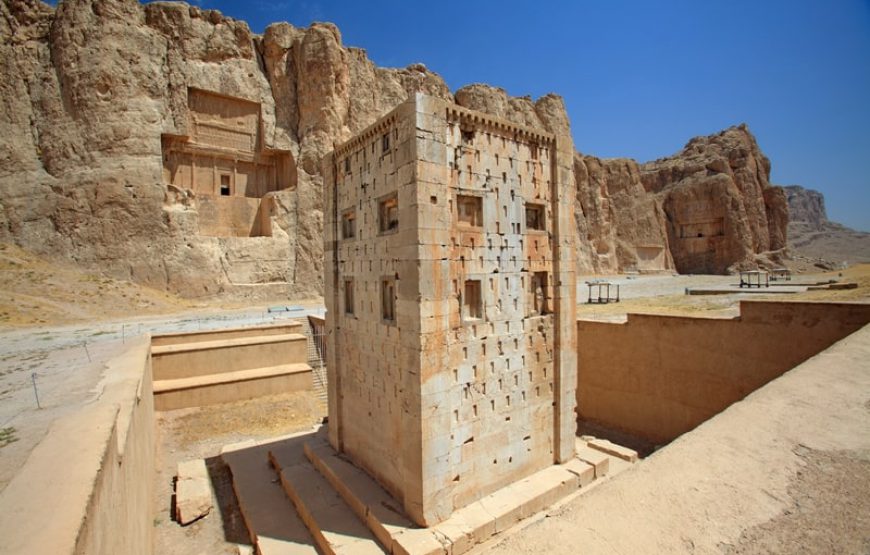
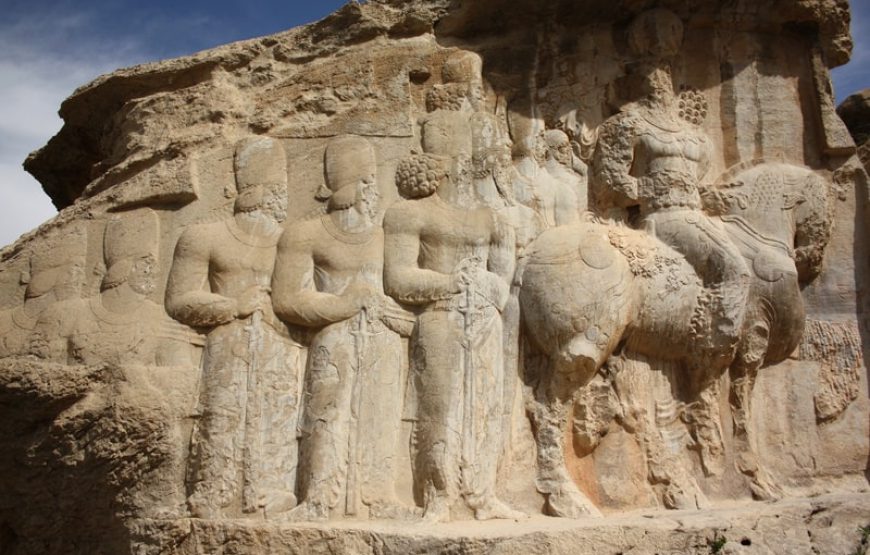
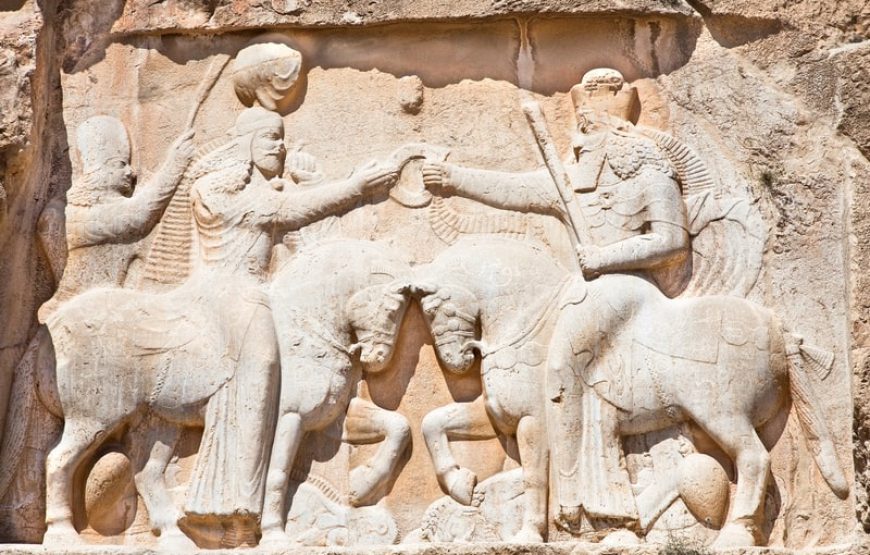
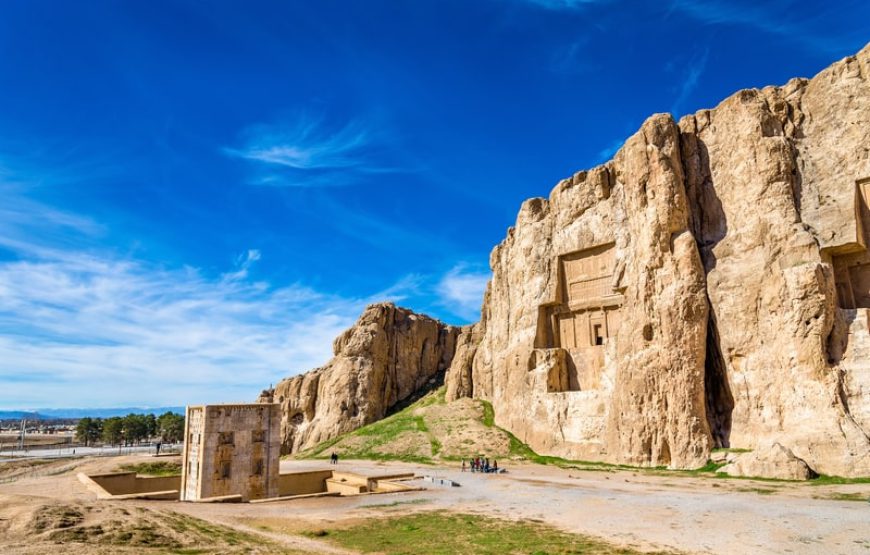
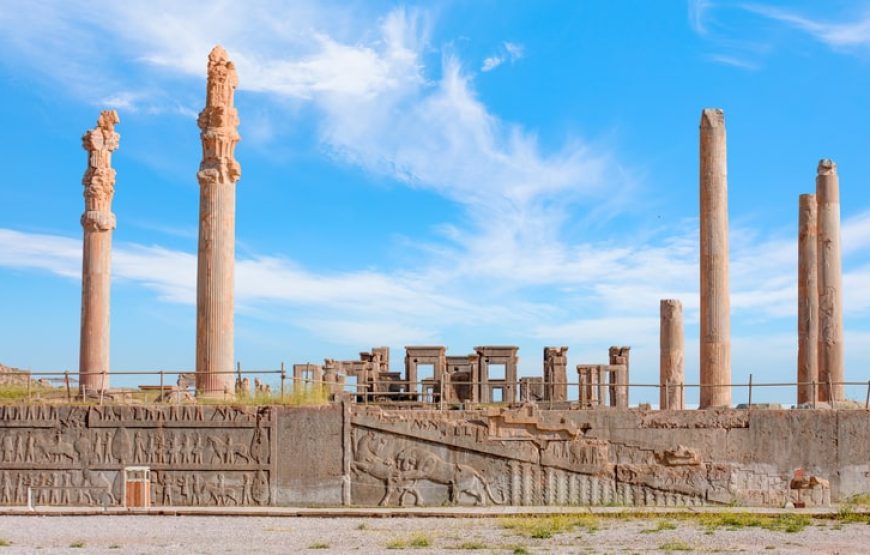
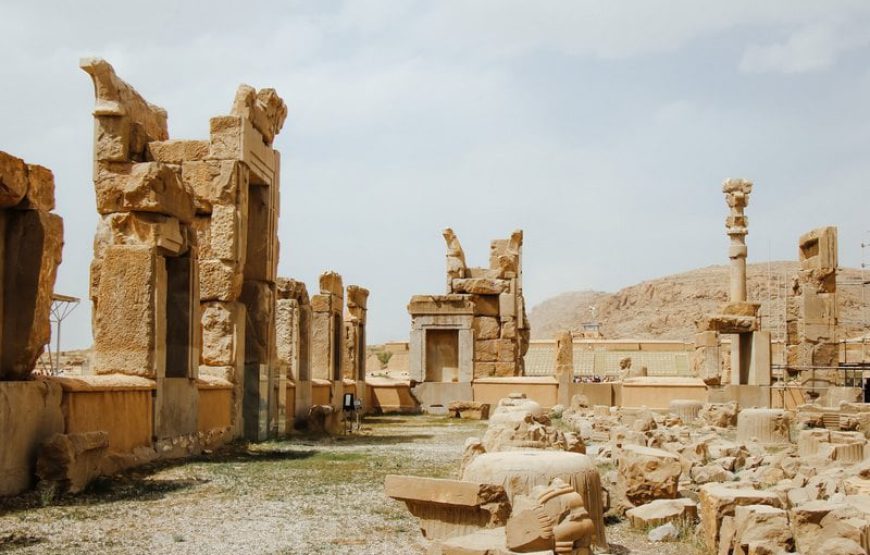
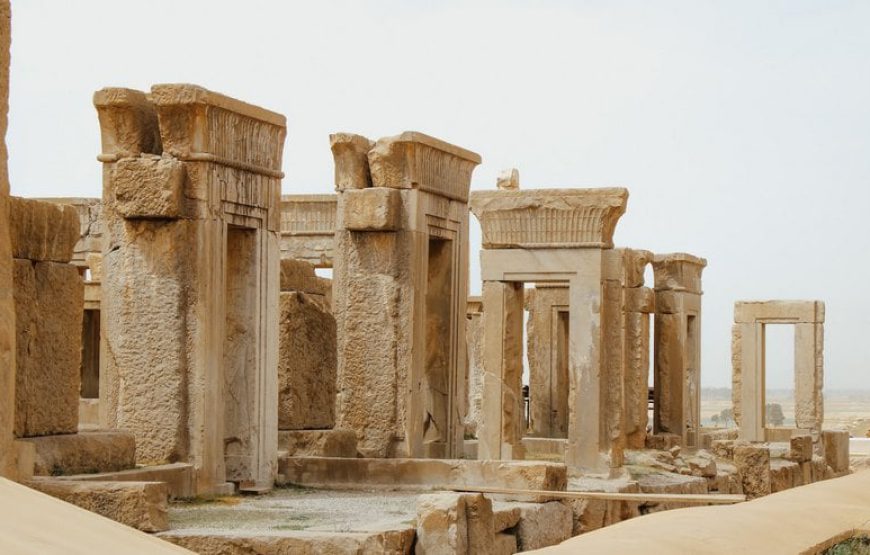
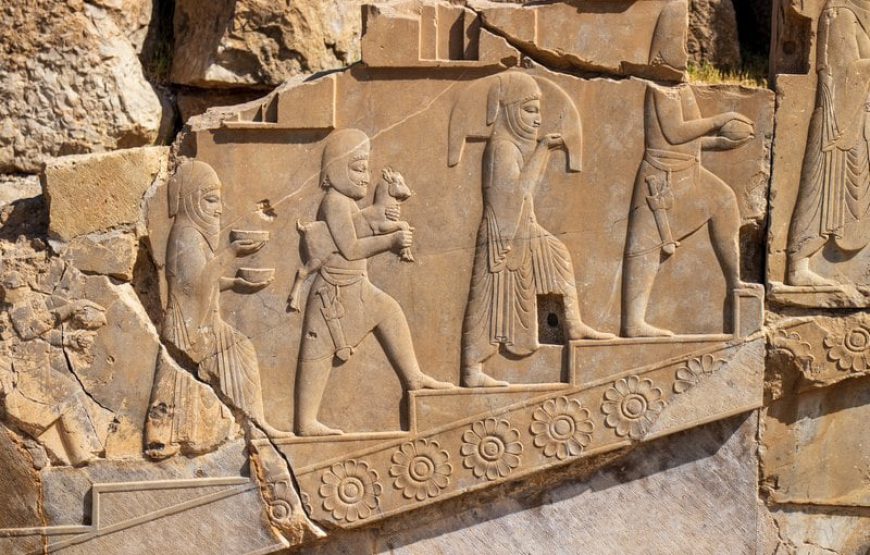
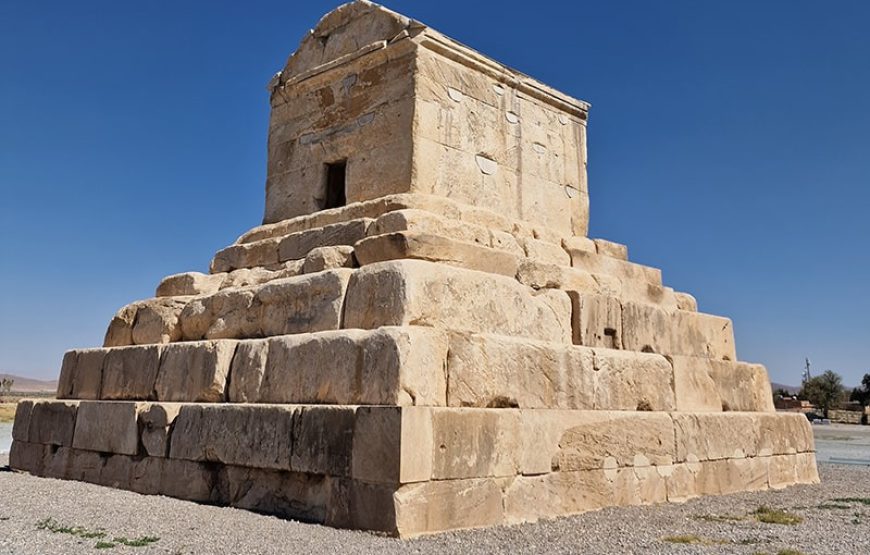
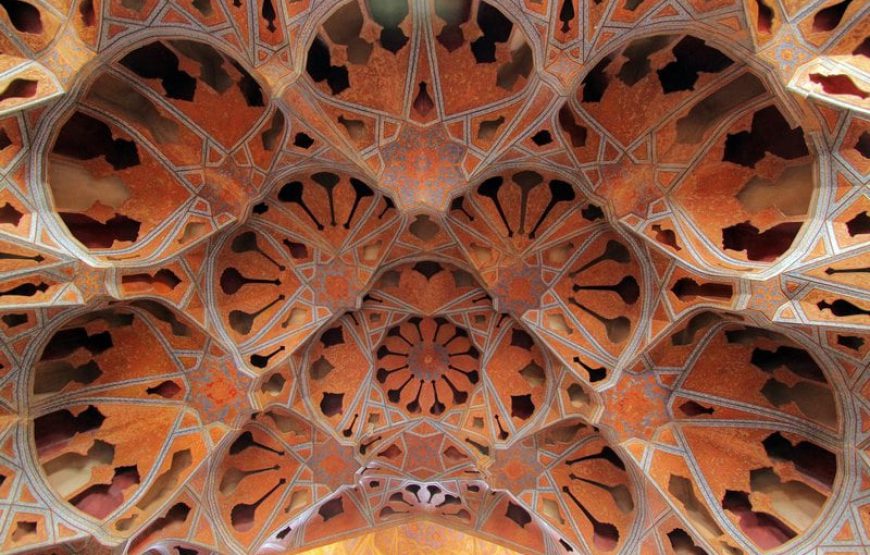
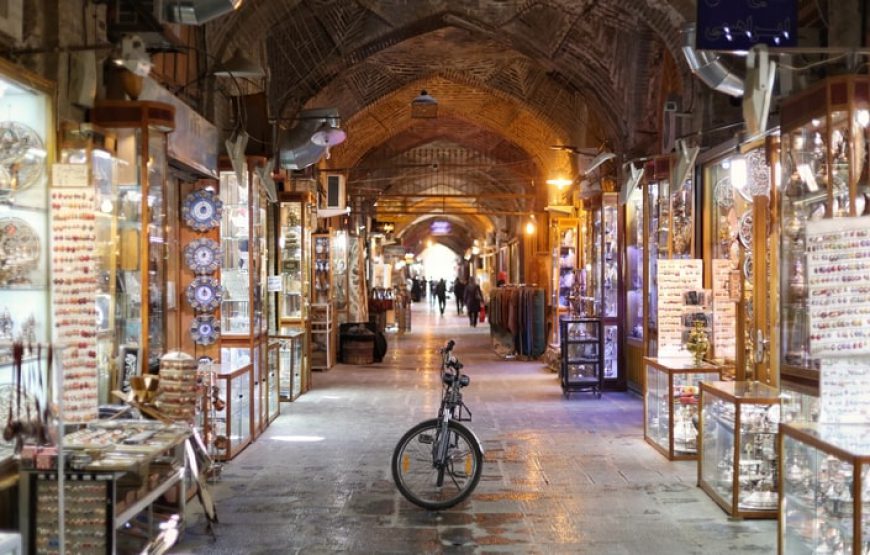
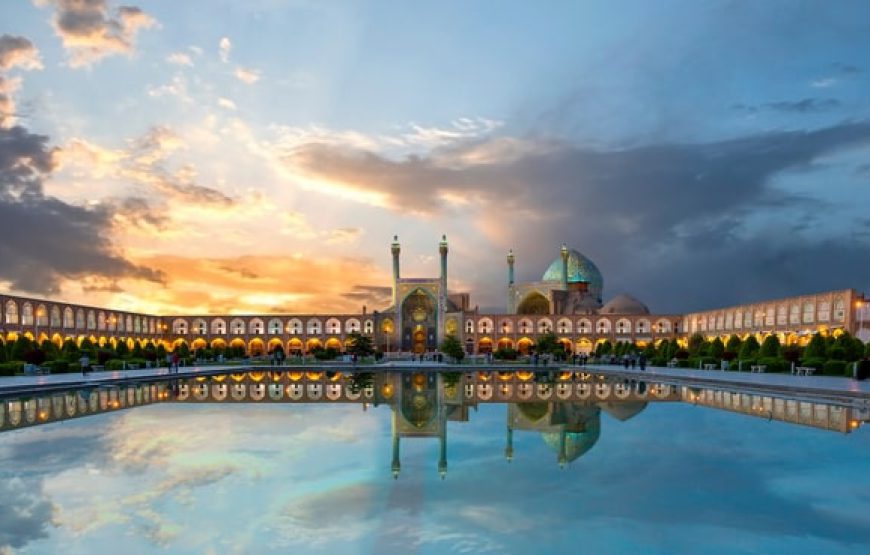
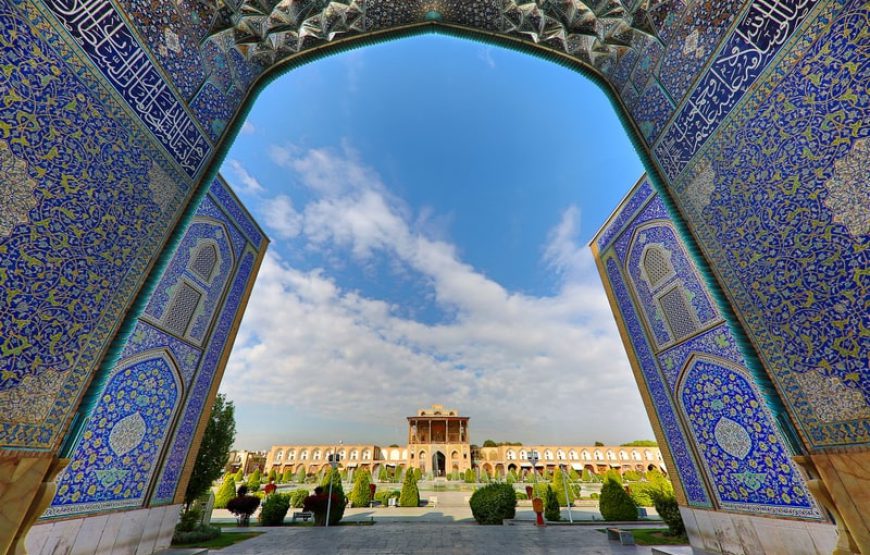
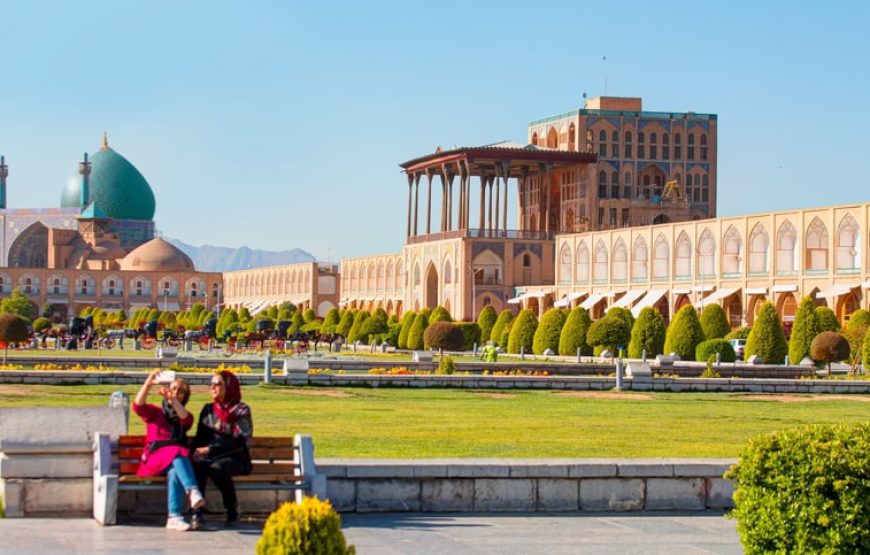
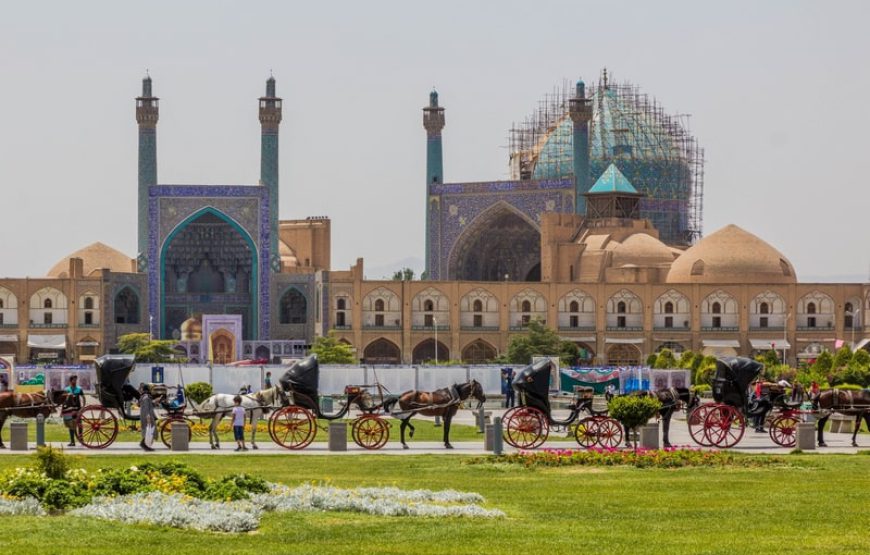
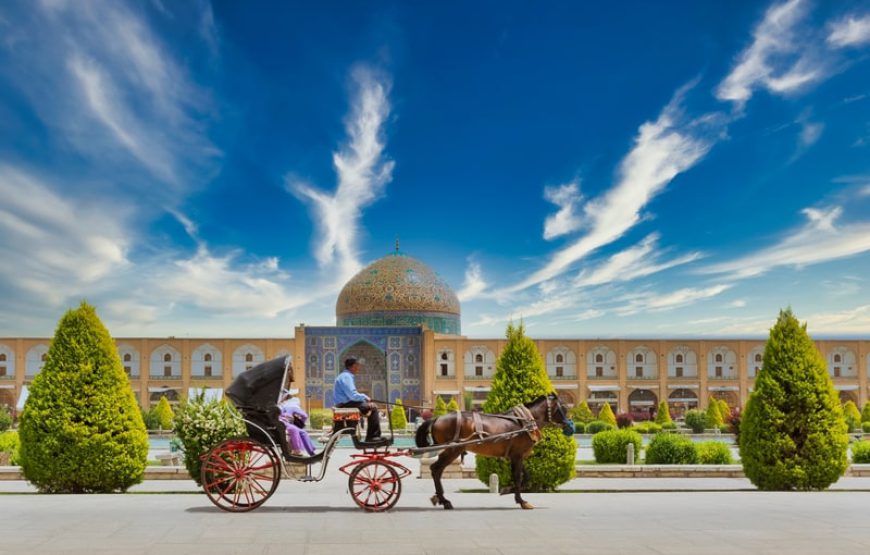
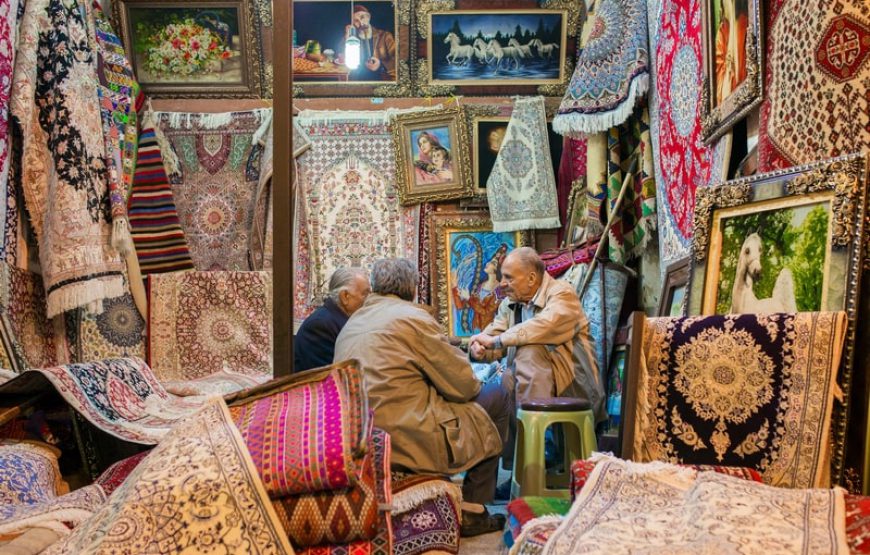
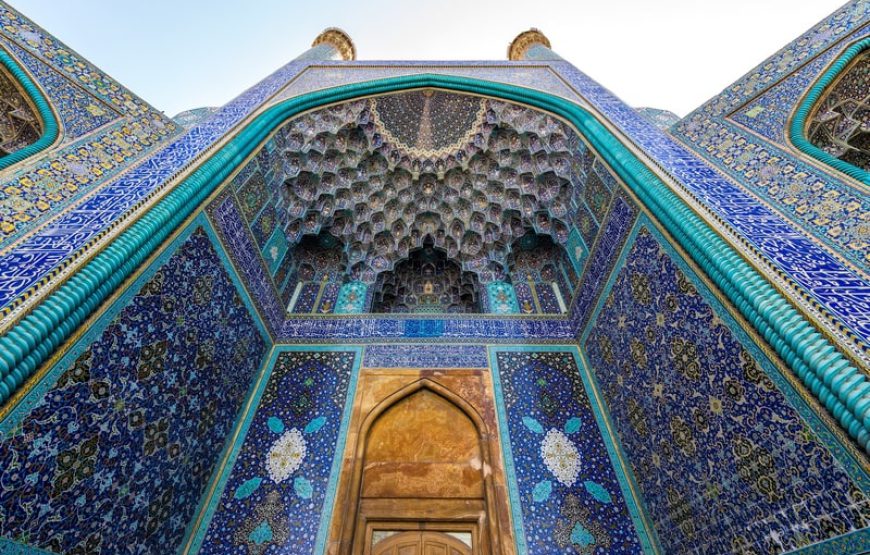
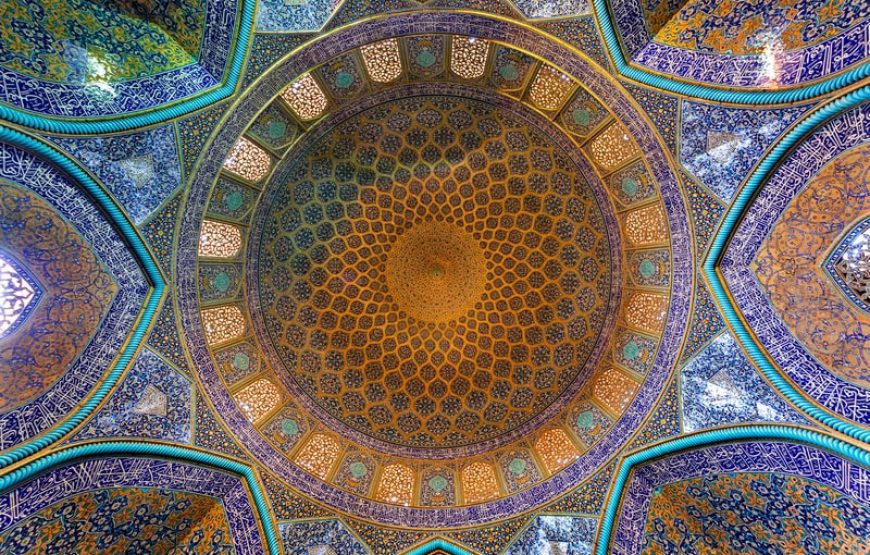
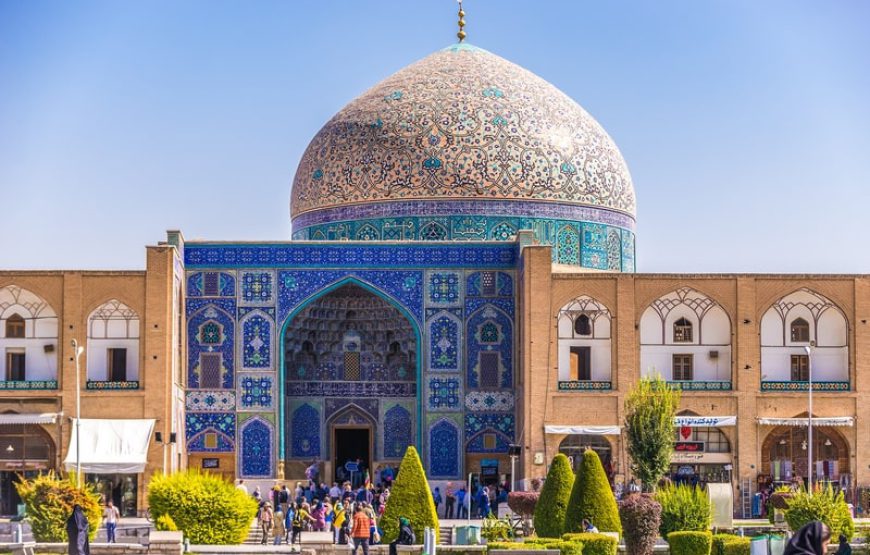
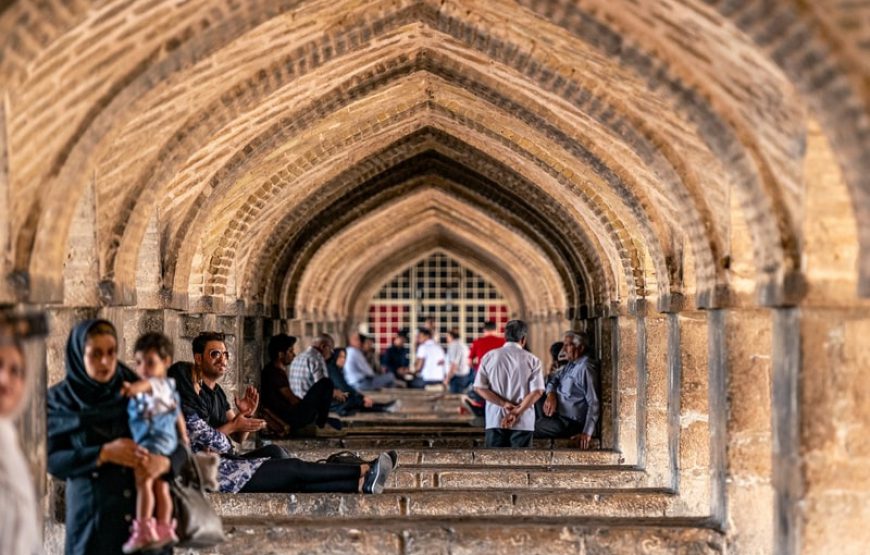
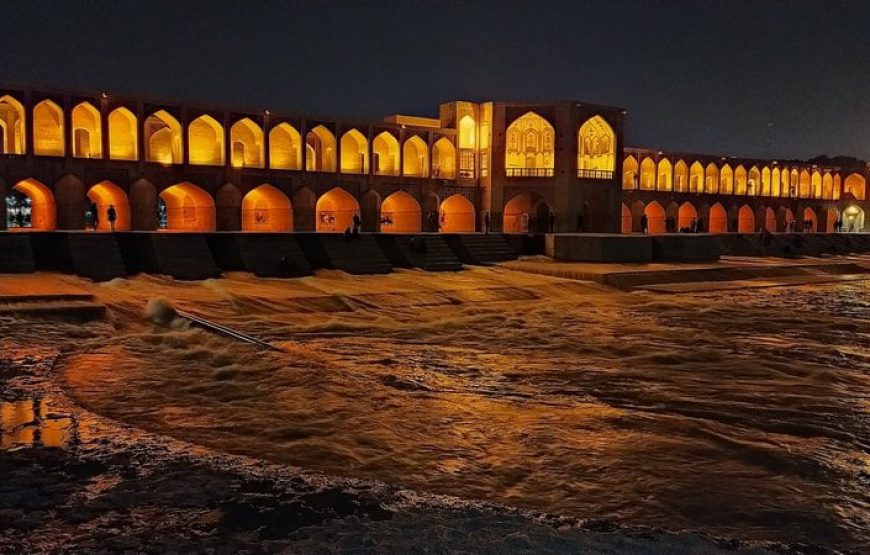
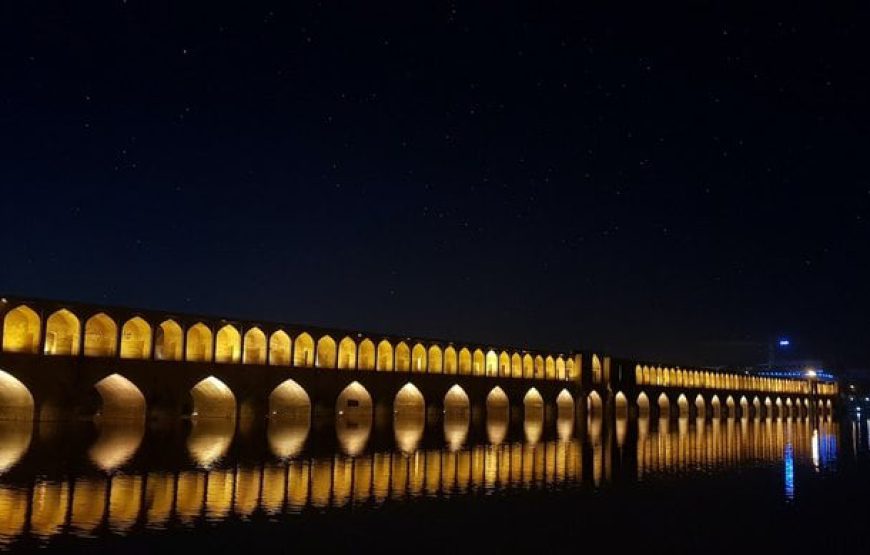
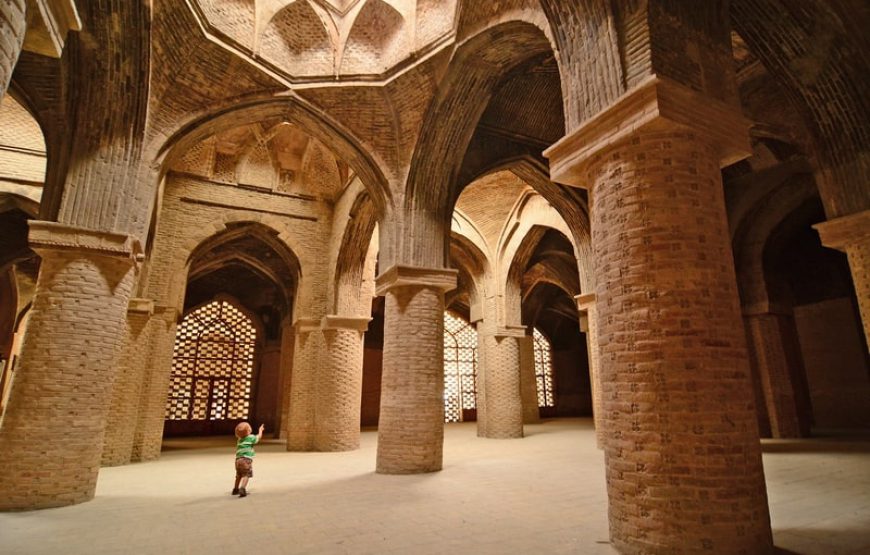
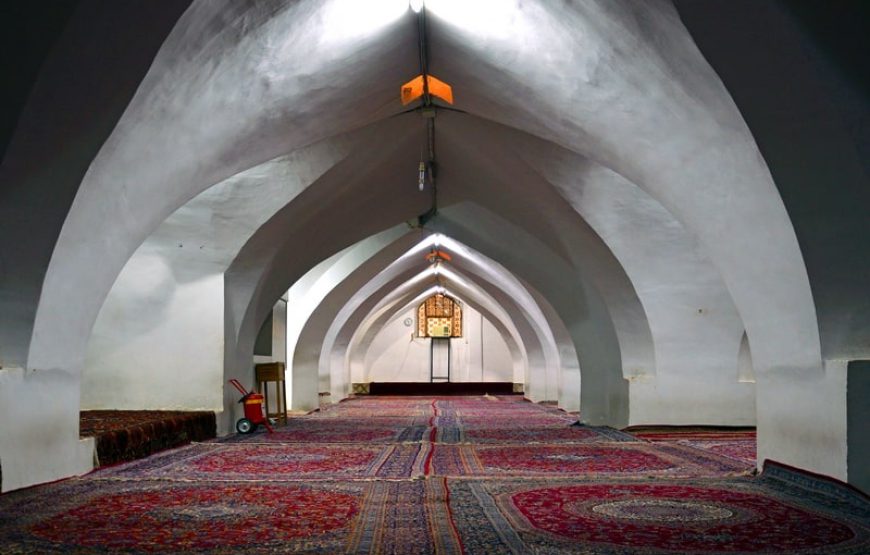
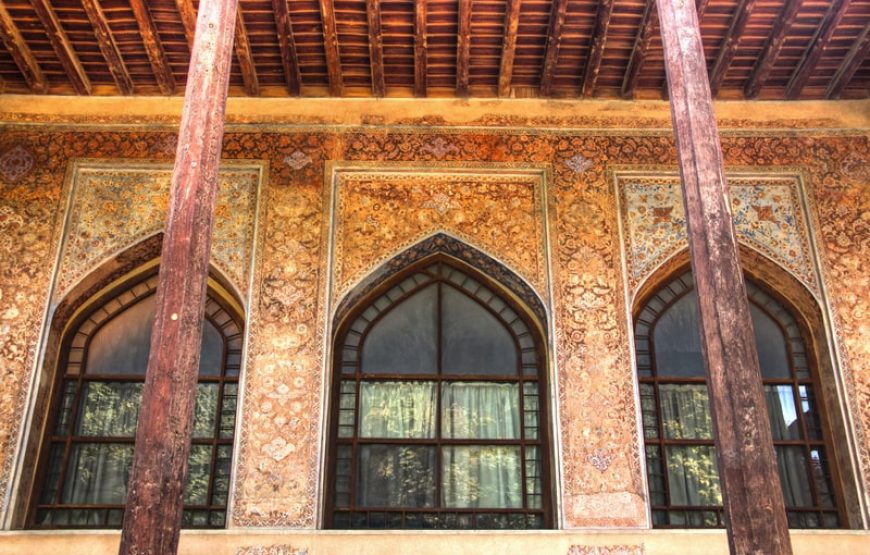
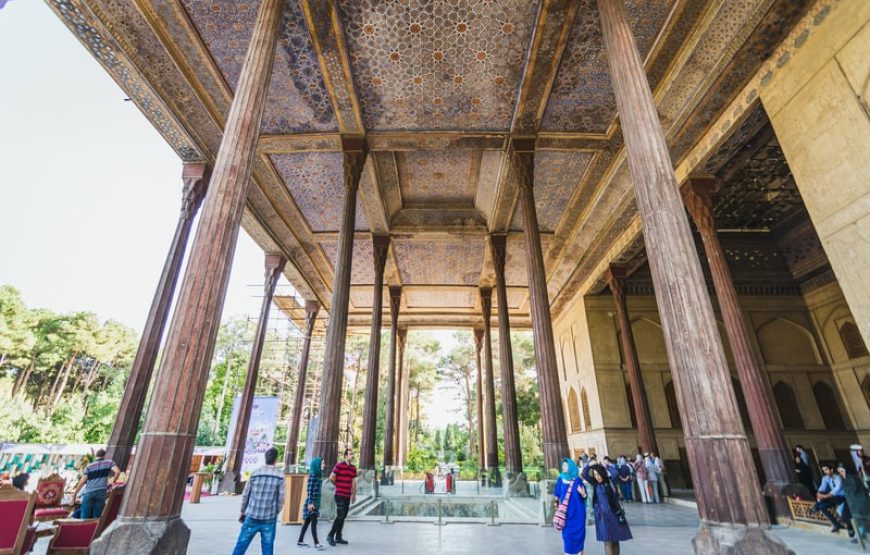
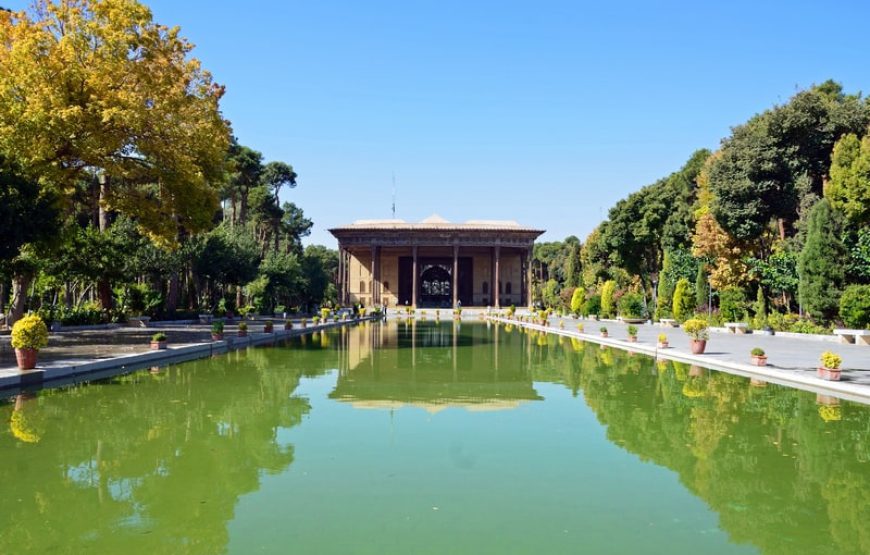
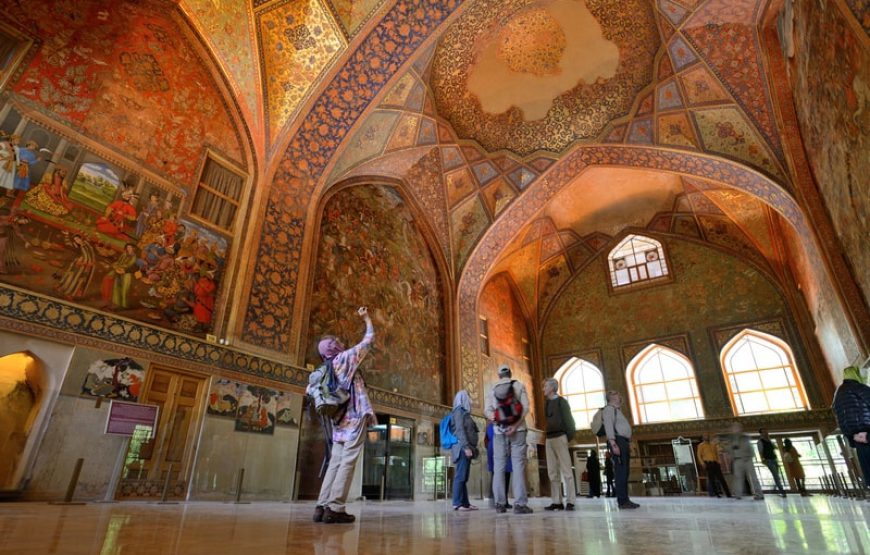
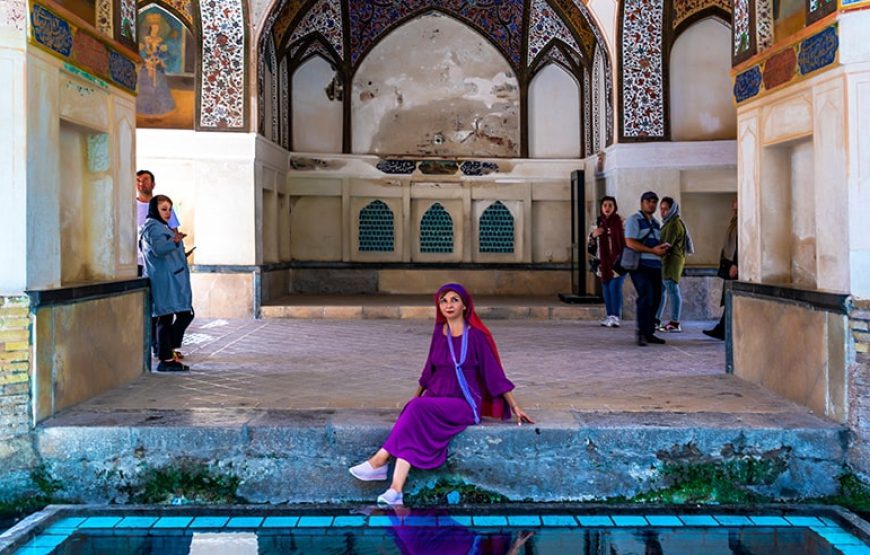
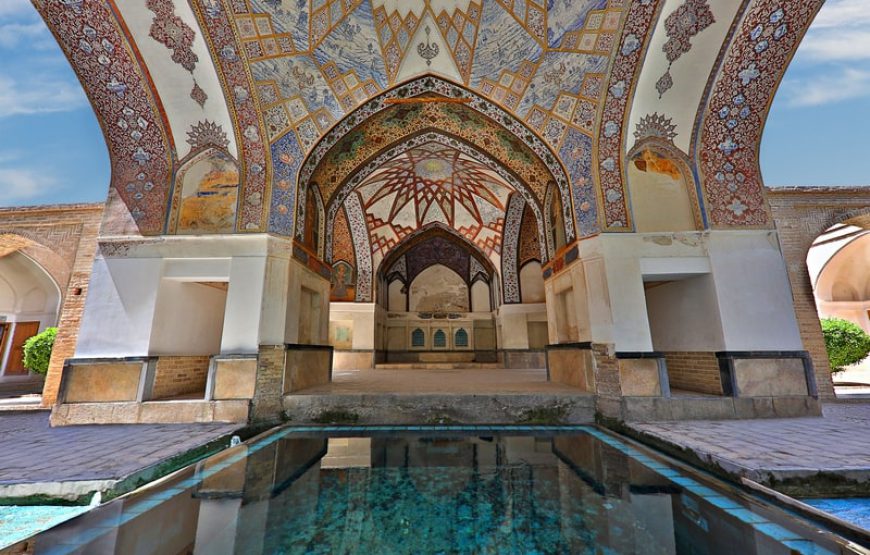
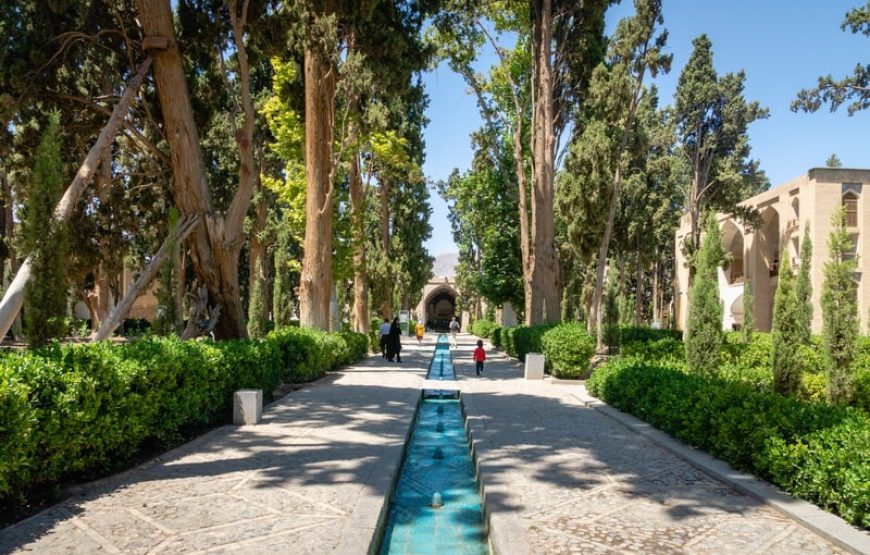
Let’s explore history through this Iran archaeological tour, where every step uncovers layers of ancient civilizations and cultural treasures. Begin in Tehran, a bustling metropolis that blends modernity with a rich historical tapestry. Explore the Reza Abbasi Museum, home to artifacts spanning thousands of years, and stroll the serene Nature Bridge against the backdrop of the Alborz Mountains.
As you travel westward, delve into Hamedan’s ancient mysteries at Hegmataneh Archaeological site and pay homage to Avicenna at his revered tomb. Marvel at the grandeur of Kermanshah’s Taq-e Bostan and explore Lorestan’s Falak-ol Aflak Castle, each site a testament to Iran’s rich heritage and architectural prowess.
In Shiraz, immerse yourself in the poetic ambiance of Nasir-al-Mulk Mosque and wander through the vibrant bazaars that have stood the test of time. Visit the majestic ruins of Pasargadae, where the legacy of Cyrus the Great unfolds against a backdrop of ancient splendor.
Isfahan awaits with its magnificent Naqsh-e Jahan Square, a masterpiece of Islamic architecture surrounded by historic mosques and bustling markets. Wander across centuries-old bridges that span the Zayandeh River, each step revealing the ingenuity and beauty of Persian craftsmanship.
Join us on this journey of discovery, where the allure of archaeology and the charm of ancient Persia come together to create an experience that will leave you mesmerized and inspired. Discover Iran’s timeless wonders and uncover the stories that shaped one of the world’s most fascinating civilizations.
Welcome to Iran. You will Arrival at Tehran’s IKA airport; meet your guide and transfer to the hotel for the rest. In the afternoon, after an introductory lecture, we visit the Reza Abbasi Museum (if it's open depending on the time) and Nature Bridge of Tehran.
O/N Tehran
After an introductory lecture in the morning, we visit the National Archaeological Museum, which collected many objects from the Paleolithic, Neolithic, Copper, and Iron ages and famous sculptures of the Achaemenid, Parthian, and Sasanian Empires. Then we enter the UNESCO World Heritage Site of Golestan Palace, part of a complex of royal buildings that were once enclosed within the mud-thatched walls of Tehran’s historic Arg or citadel. The oldest of the historical monuments in Tehran, this opulent palace dates back to the Qajar Dynasty. In the afternoon, we will visit the magnificent Treasury of National Jewels located in Tehran downtown (Only open from Saturday to Tuesday) or we will visit the Glassware and Ceramics Museum, also known as Abgineh Museum as the other alternative.
O/N Tehran
In the morning and after checking out of our hotel, we drive to Hamedan. This city is a strategic location and resources probably made it a popular site even before the 1st millennium B.C.E. Upon arriving in Hamedan, we start our city sightseeing by visiting the Hegmataneh Archeological site. Consist of Archaeological excavation and a city in a parallel and symmetrical way, a museum, and two Armenian churches. Later on, our visit will be to the Tomb of Abu Ali Sina (Avicenna), a great Iranian scientist and physician and also Ganjnameh Inscriptions. These inscriptions are a set of trilingual rock carvings in cuneiform engraved on the mountain by Darius I and his son, Xerxes of the Achaemenian era. At the end of the day, we check into our hotel.
O/N Hamedan
We'll kick off our day with an early morning departure, embarking on a scenic drive to the stunning Ali Sadr Cave, nestled in the suburbs of Hamedan. As we explore this magnificent natural wonder, you’ll be captivated by its intricate network of waterways and striking stalactites and stalagmites. After our cave exploration, we'll head to Lalejin, renowned for its rich tradition of pottery. Here, you'll have the opportunity to visit local pottery workshops, witnessing skilled artisans at work and perhaps even trying your hand at this ancient craft.
With our Hamedan sightseeing complete, we'll set off on a picturesque journey to Kermanshah. Along the way, we'll make a memorable stop in Kangavar to visit the historic Anahita Temple, an awe-inspiring testament to ancient Persian architecture and spirituality. The temple still contains remnants of some fascinating Irano-Roman mosaics. This itinerary promises a day filled with natural beauty, cultural immersion, and historical exploration.
O/N Kermanshah
Today is all about Kermanshah, one of the ancient cities of Iran which used to be an important station on the Silk Road. We will visit the Trilingual inscription of Bisotun which is located on Mount Bisotun. It was written in three different cuneiform script languages: Old Persian, Elamite, and New Babylonian. On the Kermanshah city tour, we will go to one of the historical and impressive buildings known as Tekyeh Biglarbeygi. This Tekyeh was built during the Qajar era and its construction is well known for its unique mirror decoration. Nowadays it is used as a museum. A part of it is a museum of inscriptions and scripts and the other part is the Zagros Paleolithic Museum which is the Middle East’s first museum showcasing antiquities belonging to the Paleolithic era. The museum contains a large collection of stone tools and animal fossil bones from various Paleolithic sites in Iran. We will end our day exploring the Sassanian Bas-relief at Taq-e Bostan in the heart of the Zagros mountains. The carvings mostly depict a series of royal hunting scenes and victories of Sassanian Kings. What is most interesting is that these carvings have endured hundreds of years of strong winds and rain and yet they are still firmly standing.
O/N Kermanshah
Today we drive to Khoramabad, the center of Lorestan province. we visit Falak-ol Aflak Castle in Khorramabad was built by Shapour I in the 3rd century B.C. Originally as a fortified caravanserai, first a town, and later a city, grew up around it. There is also a large Anthropology and Archaeological museum on site. We continue our tour by visiting Shush or Susa. Archaeologists have traced signs of life at Susa as far back as 7000 BC, but the first settlements were probably established around 4000 BC. Dating back to around 6000 BC, Susa was one of the great ancient cities of Iran and an important Elamite center until it was destroyed by the Assyrians in the 7th century. Susa was the Administrative capital during the Achaemenid empire and it was built by the order of Dariush the Great (521-515 B.C). Across the river, visit the tomb of Daniel, said to hold the remains of the Jewish prophet, and is still a place of pilgrimage.
O/N Shushtar
We start our day by visiting the ancient city of Shushtar which is popular for watermills. The Historical Hydraulic System can be traced back to Darius the Great in the 5th century B.C. One of them is still functioning and was used to grind wheat and barley. They were added to UNESCO’s World Heritage Sites list in 2009 and described as a masterpiece of creative genius. Our next site is Haft Teppe, the site of an ancient city built about 3,500 years ago and an imposing feature rising about the surrounding plain. We continue to Choqa Zanbil, a UNESCO World Heritage site that is one of the few remaining ziggurats of ancient Mesopotamia. Distinctive construction techniques and elaborate glass-based materials were used for this great structure. Later, we continue our way to Ahvaz City.
O/N Ahvaz
We have a full day of driving today to reach our destination of Shiraz. We cross Khuzestan province and the tribal areas of Mamasani and Boyer-Ahmadi. At Bishapur, we explore the remains of the city of King Shapur I and six important rock carvings at nearby Tang-e-Chogan. The temple at Shapur’s palace has been identified by several archaeologists as sacred to Anahita, the Zoroastrian goddess associated with the waters. Bishapour was situated on the ancient road between Persis and Elam. The road linked the Sassanid capitals Istakhr (very close to Persepolis) and Ctesiphon. We are in Shiraz for 2 nights.
O/N Shiraz
After breakfast, we'll begin our enchanting tour of Shiraz with a visit to the Nasir-al-Mulk Mosque, famously known as the Pink Mosque. As the morning light filters through its stunning stained glass windows, you'll witness a mesmerizing dance of colors that fill the interior with a magical glow. Just a short walk from the mosque, we'll find ourselves in the serene Narenjestan Qavam Garden. This oasis, with its fragrant orange trees and ornate pavilion, offers a peaceful retreat amidst the city bustle. Next, we'll immerse ourselves in the vibrant atmosphere of Vakil Bazaar. You'll have ample time to explore and shop in this bustling market, discovering everything from intricate Persian carpets to exotic spices, all set within beautiful courtyards and an ancient caravanserai.
After enjoying a delicious local lunch, we'll head to the verdant Eram Garden. Stroll along its cypress-lined avenues leading to an elegant summer palace, surrounded by a riot of colorful flowers and lush greenery. Our afternoon continues with a visit to the tomb of Hafez, Iran’s greatest lyric poet. If the group is interested and time permits, we'll make our way to the Shah Cheragh Holy Shrine. Here, you'll experience the intimate and spiritual atmosphere, marveling at the intricate artwork and the grandeur of the Shirazi dome.
O/N Shiraz.
We take a day trip from Shiraz to a part of the Sassanid Archaeological Landscape of the Fars Region to visit several Sassanid monuments; including Qaleh Dokhtar (Ardashir I Castle), on a hillside mountain slope overlooking the road, two Sasanian rock arts, including the scene of presenting the royal ring circle from by Ahura Mazda (Great God of Zoroastrian) and the Victory Relief of Ardashir, the largest remained of relief in Iran. In the Ardeshir Babakan Palace, we can see the greatness of the Sassanid architecture that dazzles the eyes of every visitor that is also called “Fire Temple” due to the vicinity of this palace to a water fountain called name Ghomp Fire Temple. The ancient town of Firouzabad is the current name of Ardeshir Khurrah (Glory of Ardashir) city. This city was the capital of Ardashir I (A.D. 224-241), the founder of the Sasanian Empire. Goor or Ardeshir Khoreh city was built in a circular plan two kilometers in diameter and encircled by double walls and state-owned buildings and the residents of countries were located there. Then we head back to Shiraz.
O/N Shiraz
We visit Persepolis, the ceremonial capital of the Achaemenid kings that tells the story of the Achaemenid Empire’s magnificence and grandeur. Here, we walk through a complex of palaces and temples that is said to be one of the most spectacular surviving archaeological sites in the world and is designated a UNESCO World Heritage site. Nearby, we visit Naqsh-e Rajab, a magnificent archaeological site dating back to the early Sassanid era. This site is located near the ruins of the ancient Achaemenid city of Istakhr. It is the site of four limestone rockface inscriptions and bas-reliefs that feature the investments of Ardeshir I and Shapur I, as well as Shapur’s military victory over the Romans. After that, we visit the ancient Achaemenid city of Istakhr. The importance of Istakhr is not only for its close association with Persepolis but also commanded the western end of an ancient caravan route that ran from the Indus Valley via Kandahar and Drangiana to Persia. Then visit Naqsh-e Rostam, where we find the carved tombs of Achaemenid rulers Darius the Great, Xerxes, Artaxerxes I, and Darius II. From here we will drive a couple of miles to another UNESCO World Heritage Site of Pasargadae to see the impressive, elevated Tomb of Cyrus and to walk through the different sections of the ancient city: the Residential Palace, the Audience Hall, and the Gatehouse.
O/N Pasargadae
Drive this morning to Isfahan. Iranians say that their lovely city is “half the world”. Upon arrival in Isfahan, check in to the hotel, then we start the city tour by visiting Naqsh-e Jahan Square, a UNESCO World Heritage site. This enormous open plaza is framed by a wall of arches and surrounded by four jewels of 17th-century architecture, symbolizing the political, economic, and religious spheres of Safavid Persia. Two of these monuments that we visit, are the Islamic world’s most impressive mosques, the Masjid-e Sheikh Lotfollah and the Masjid-e Shah. Both of them contain magnificent architecture and tilework. Then we walk through the Ali Qapu Palace with its enchanting music room and balcony overlooking the Meidan where the Safavid kings sat to watch polo matches. We finish our day in the Qeisarieh Bazaar, located just off the Meidan. Isfahan is said to have the most beautiful bridges. Time permitting, you can view two of them, the Si-o-Se Pol as well as the ornate Pol-e Khaju.
O/N Isfahan
Before leaving Isfahan, we visit the magnificent Jameh Mosque with its famous Uljaitu Mihrab of the IlKhanid Period and with UNESCO World Heritage status. There are nine gardens in Iran designated UNESCO World Heritage, and we visit two today –Chehel Sotun Palace, a pavilion constructed as a reception hall for visiting dignitaries by Shah Abbas II. Leaving lovely Isfahan behind, we travel north to Kashan to walk through the famous Fin Gardens, another one of the UNESCO Persian Gardens. We end our day in Kashan by visiting a large ancient archeological site in central Iran, Tepe Sialk, consist of two hills and two cemeteries and a small museum. a wandering site for archeology enthusiasts to wonder at it. One of the oldest human settlements in the Iranian plateau from 8000- 2600 years ago. Late afternoon, we drive to Tehran for the overnight stay at IKA airport hotel.
O/N Tehran
Transfer to the IKA airport for departure flight, saying goodbye to Iran.
You have 2 options to book the tour: click on the book Now button and reserve your tour or send us an inquiry and we get back to you for more information. Also, if you have any questions before making your decision, contact us on WhatsApp: +98 902 017 2888, Online Chat or Email ([email protected])
Except for the visa-free countries (the Republic of Azerbaijan, Bolivia, Turkey, Syria, Lebanon, Georgia, Armenia, Venezuela, Egypt, Malaysia and China.) other nationalities need to apply for Iran visa before their trip to Iran. If you are buying a tour package from us, do not worry about it at all. We take care of your visa and it's included in your tour package.
The process is like: you send us your documents, we apply for your visa and you collect it upon arrival at the airport or any other collecting point you choose (it can be Iran embassy or consulate anywhere in the world).
For more information about Iran visa visit our blog article for Iran Visa Ultimate Guide.
It’s not compulsory, but since you need to have access to the Internet, having a SIM card will be necessary. This tour includes Special Iran Travel Deal which has a SIM card for travelers.
Yes, having travel insurance is required at passport control when you are entering Iran. This tour includes Special Iran Travel Deal which has travel insurance for travelers. For more information please read about Iran Travel Insurance.
Where to change somehow depends on the amount of money you’d like to exchange. If it’s a small amount you can change at the airport or your hotel after getting to Iran. But for larger amounts, we suggest exchanging at an exchange store in the city, while you are visiting the downtown with your guide. Your guide will also assist you in choosing the best place for doing the exchange.
Yes, To Iran Tour offers airport transfers. The distance from IKA to Tehran downtown is about 50 km and having an airport transfer will be a great solution when you just arrive in Tehran. This tour includes Special Iran Travel Deal which has airport transfers for travelers.
International credit or debit cards are not accepted in Iran, so you must bring cash and conduct frequent exchanges. However, there is a solution to this problem: the “Iran tourist Card”. You can use this prepaid debit card for tourists instead of cash. Upon request, please let our support team know so that they can prepare it for you.
According to To Iran Tour’s terms and conditions, cancellations must be made by the customer in writing to To Iran Tour before the tour departure is confirmed. Applied cancellation fees are mentioned in the cancellation box of each tour. It differs between packages and day tours as in high and low season. You can contact To Iran Tour on WhatsApp: +98 902 017 2888 or by email at [email protected] for more information.
All non-Iranian nationals older than 12 years, must be fully vaccinated against COVID-19 and present a valid vaccine certificate on arrival. The vaccination certificate must be in English, showing full vaccination of 2 doses. However, there are no obligations regarding the date of the vaccination. Or they should present a negative PCR test.
Based on the group size or the road quality and the tour type, minibuses, vans or VIP buses will be used for the tour which are all private vehicles. All the vehicles are AC equipped and have the standard of EURO5 or EURO4.
Hotels are usually 4* or Traditional resorts with the same quality. Private or single rooms are not available in some traditional local houses. The basic price includes shared beds in double and twin rooms in hotels. Single rooms cost an extra fee.
Considering the locality and having an authentic experience, some traditional hotels or ecolodges do not have beds. But they all have sleeping equipment with comfortable mattresses and blankets.
Group Traveller